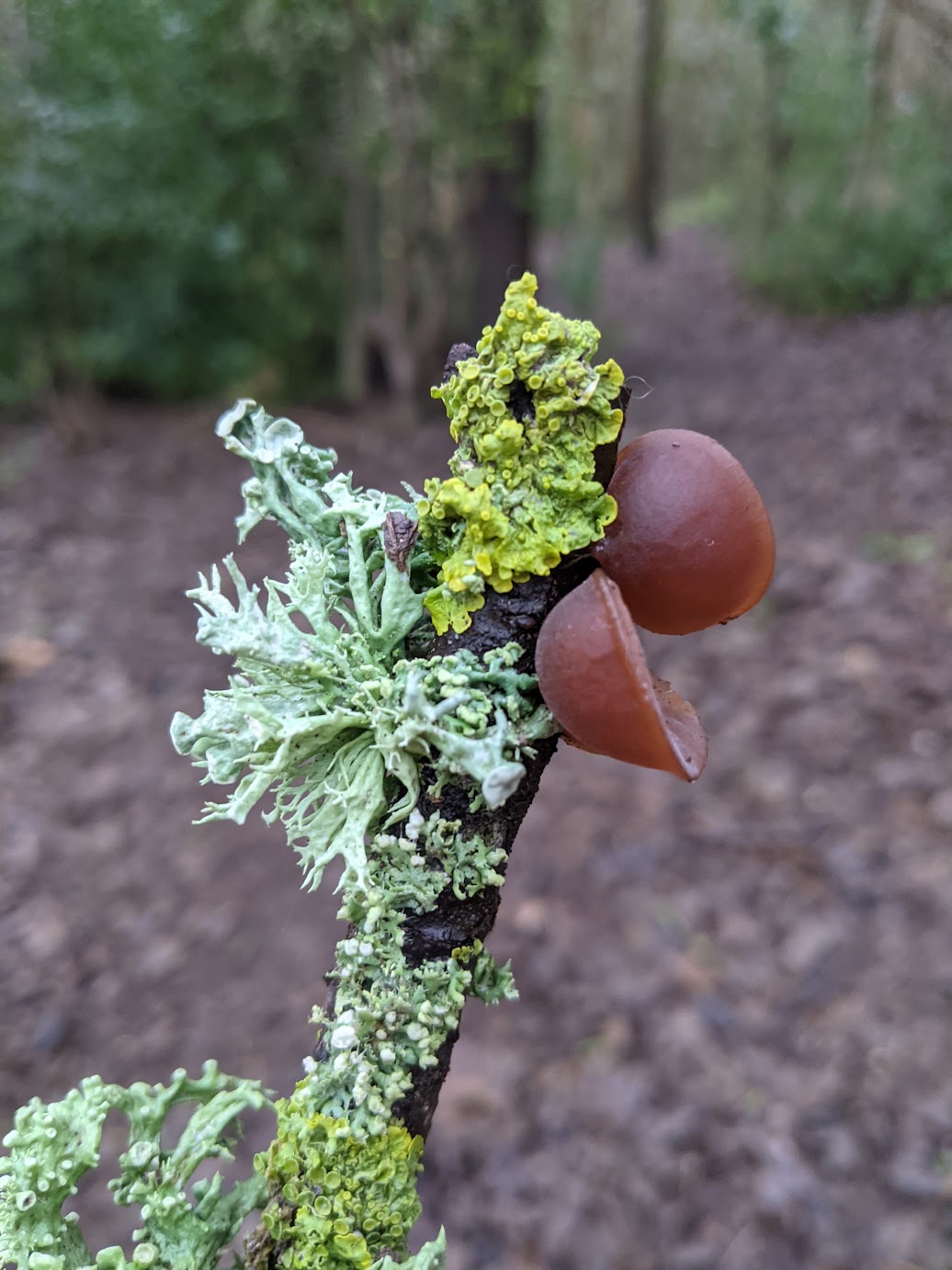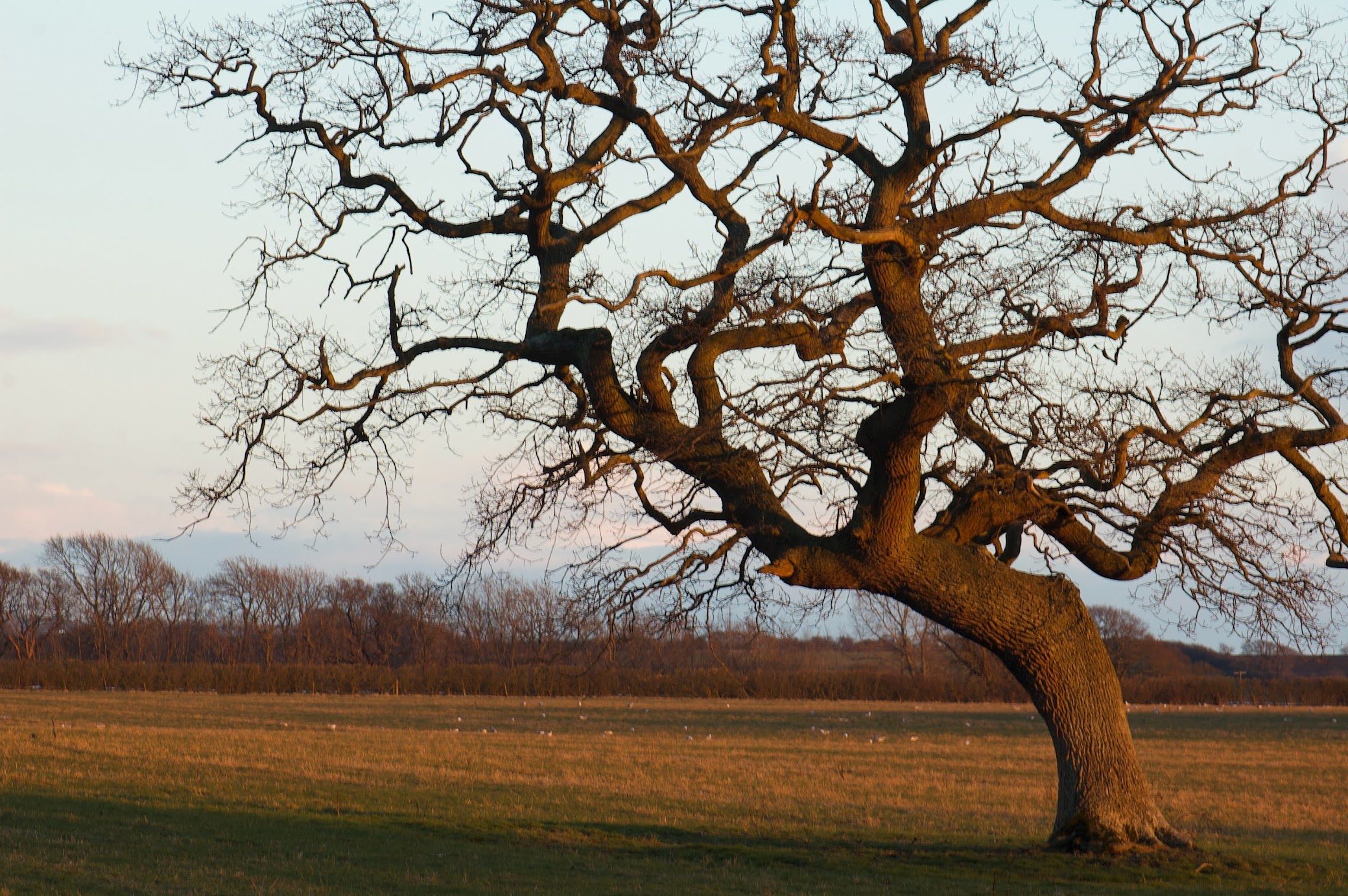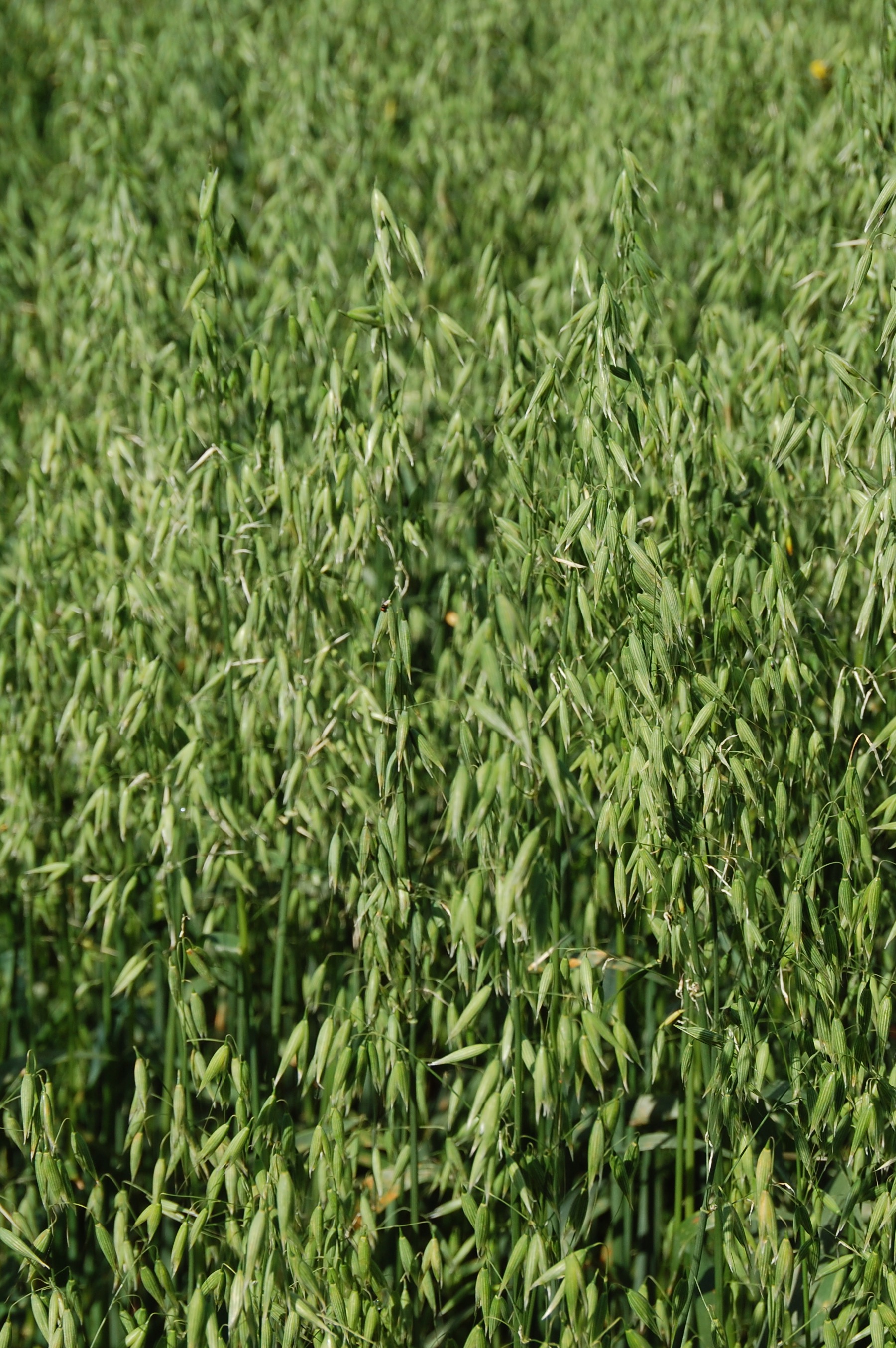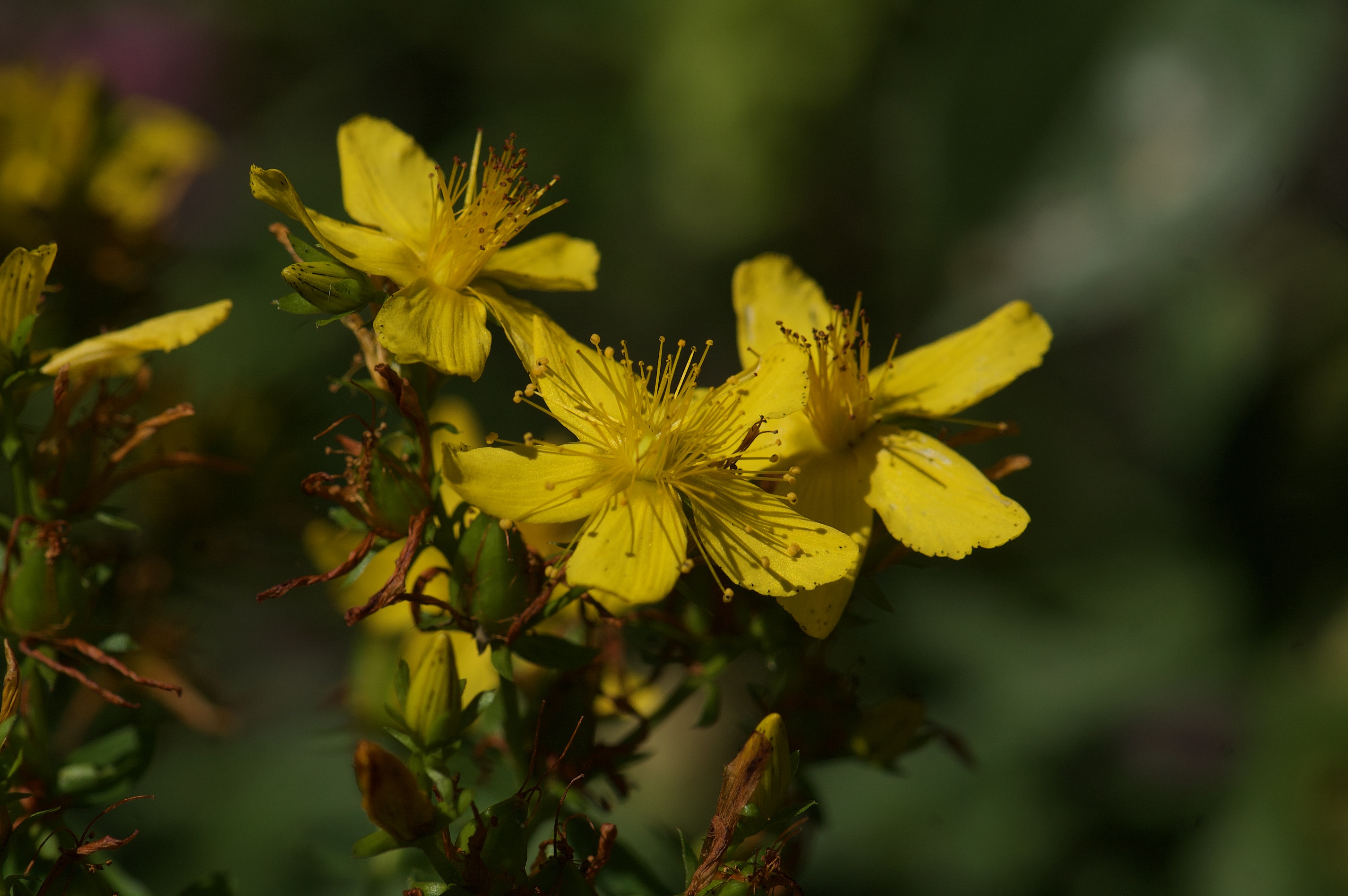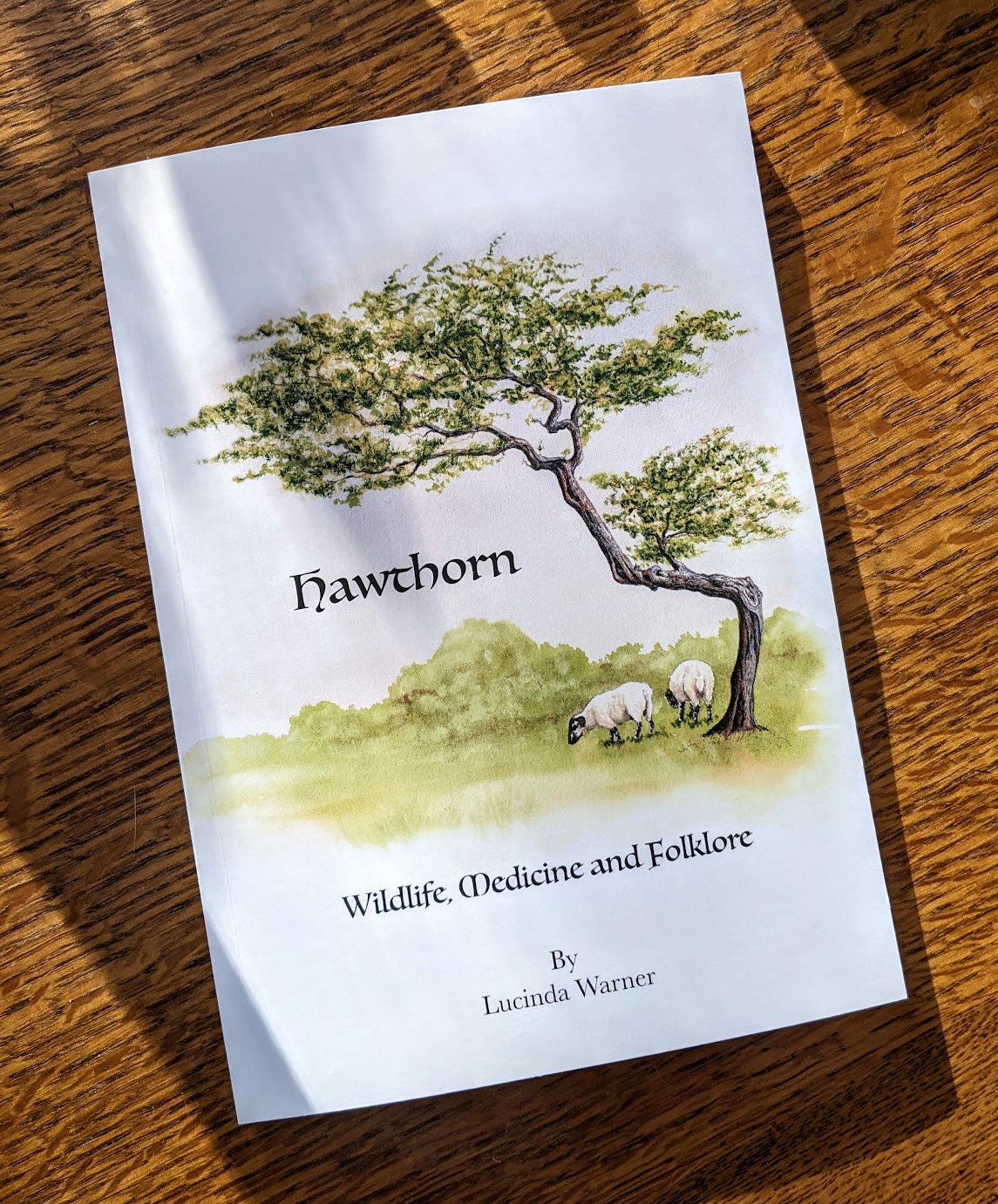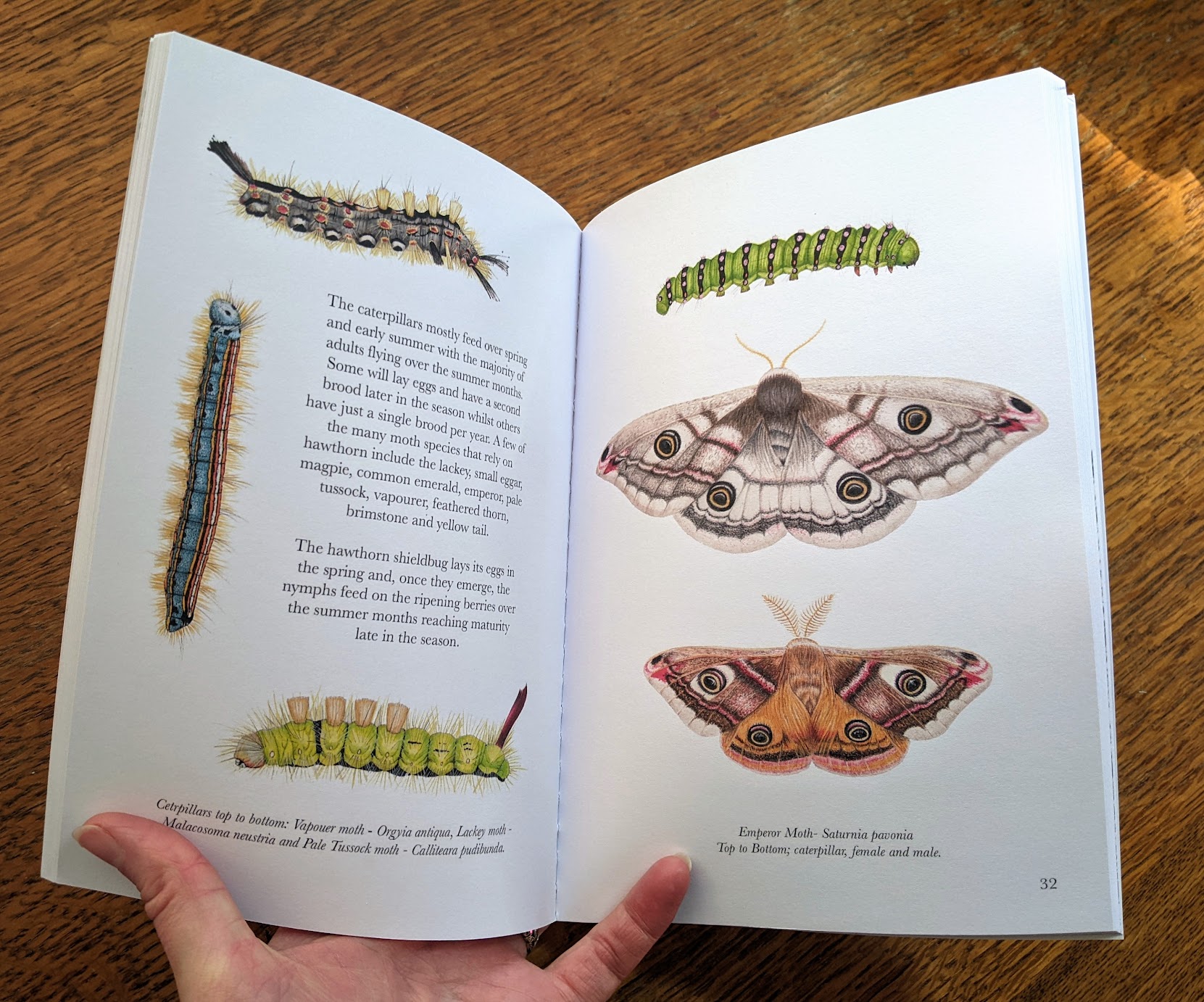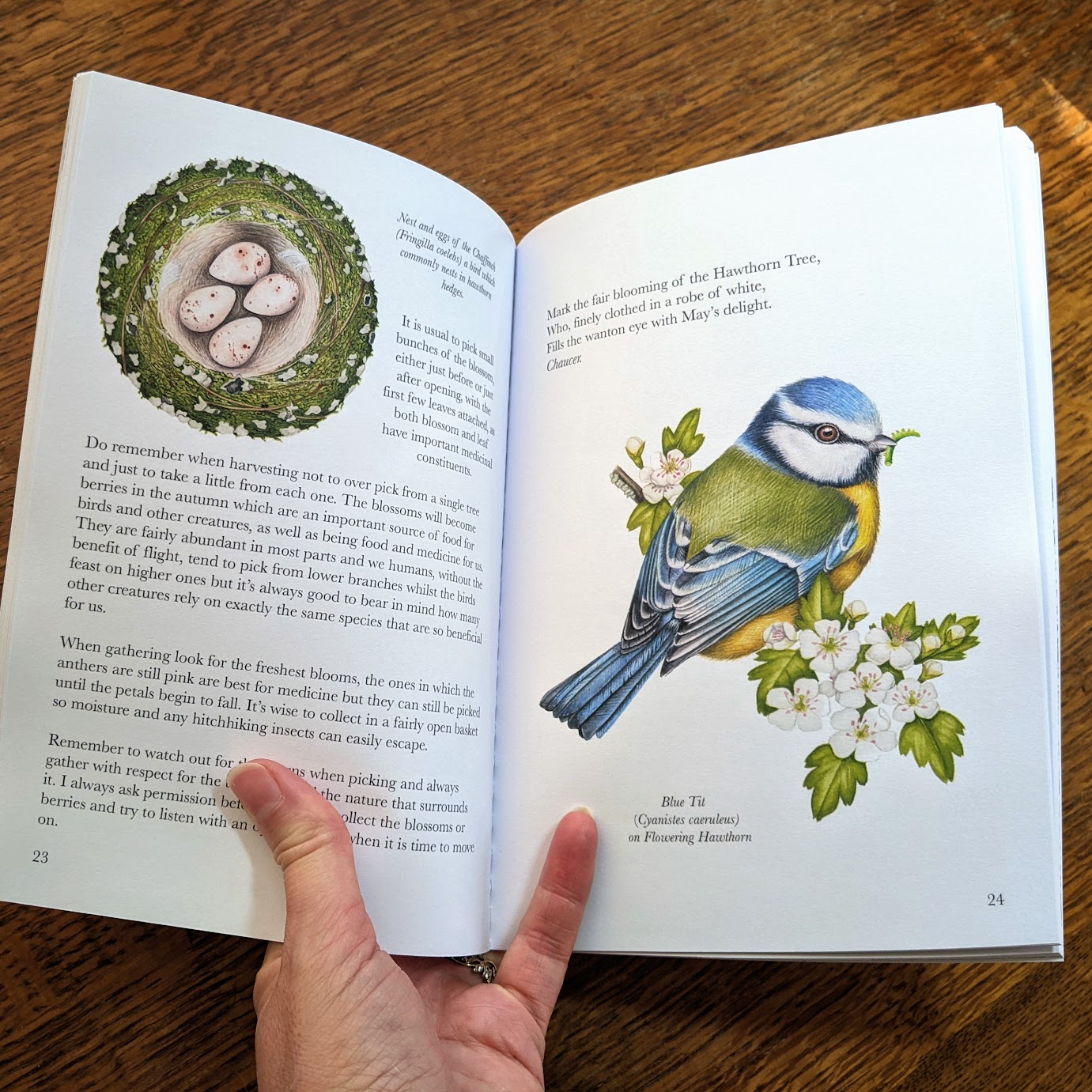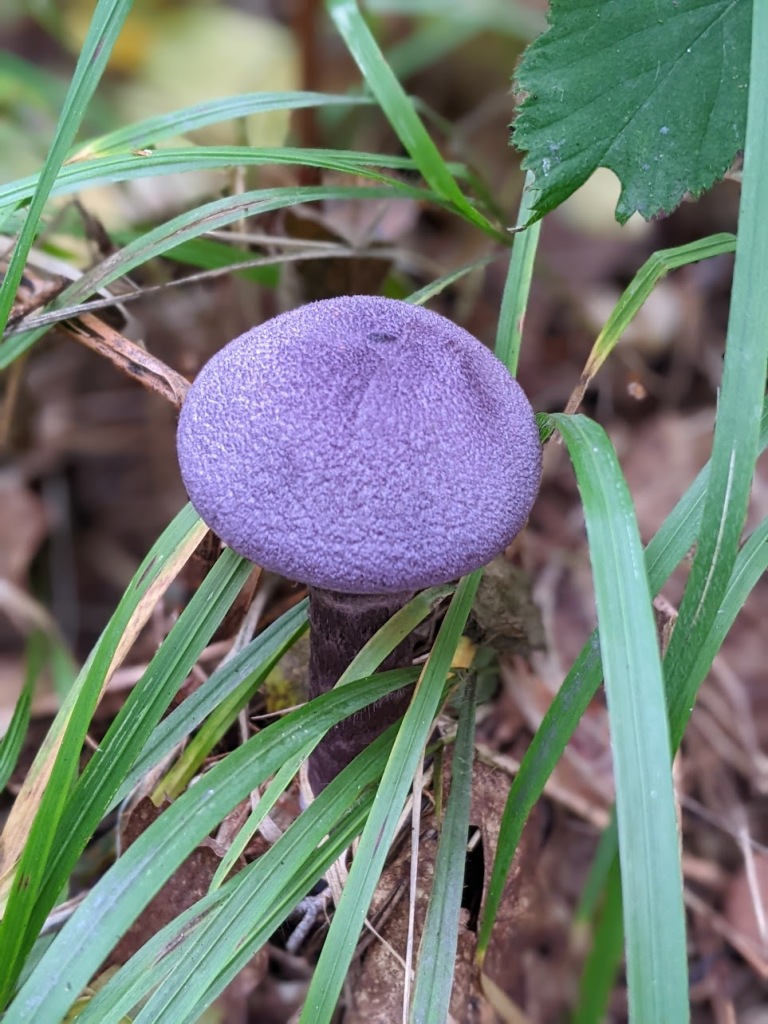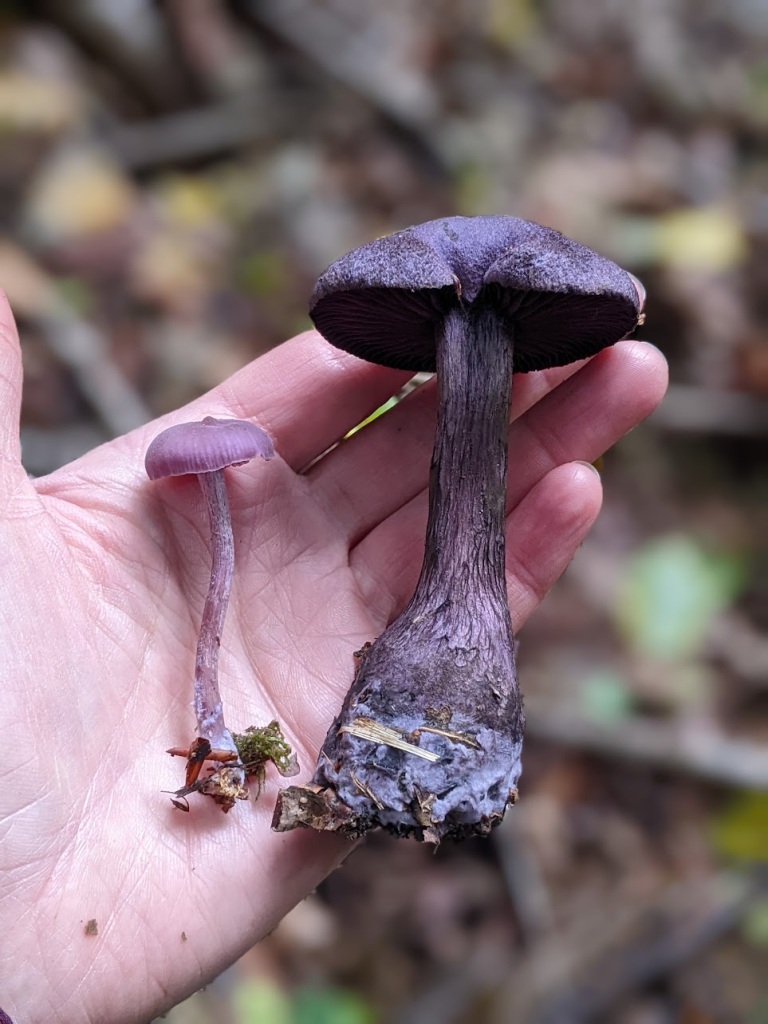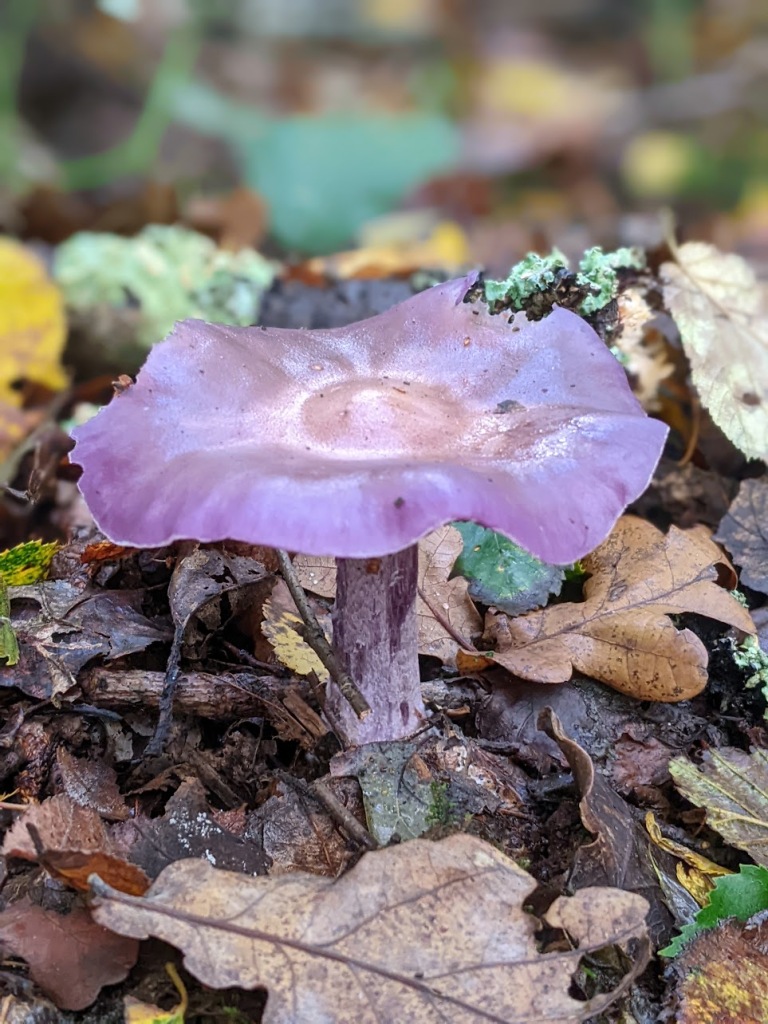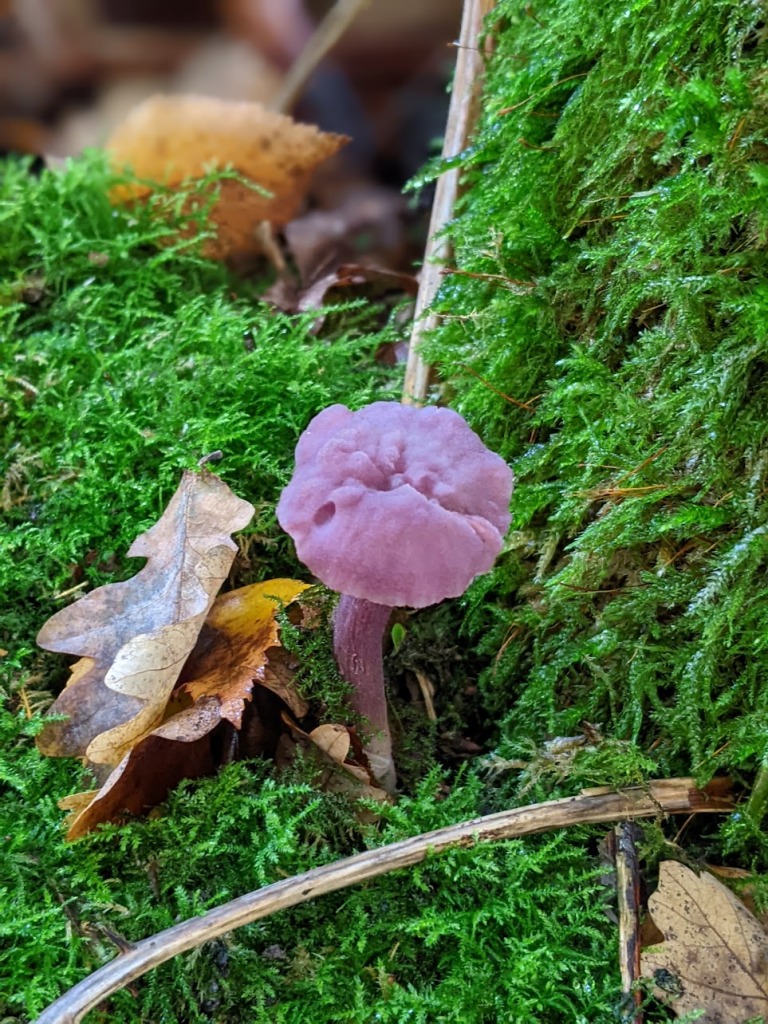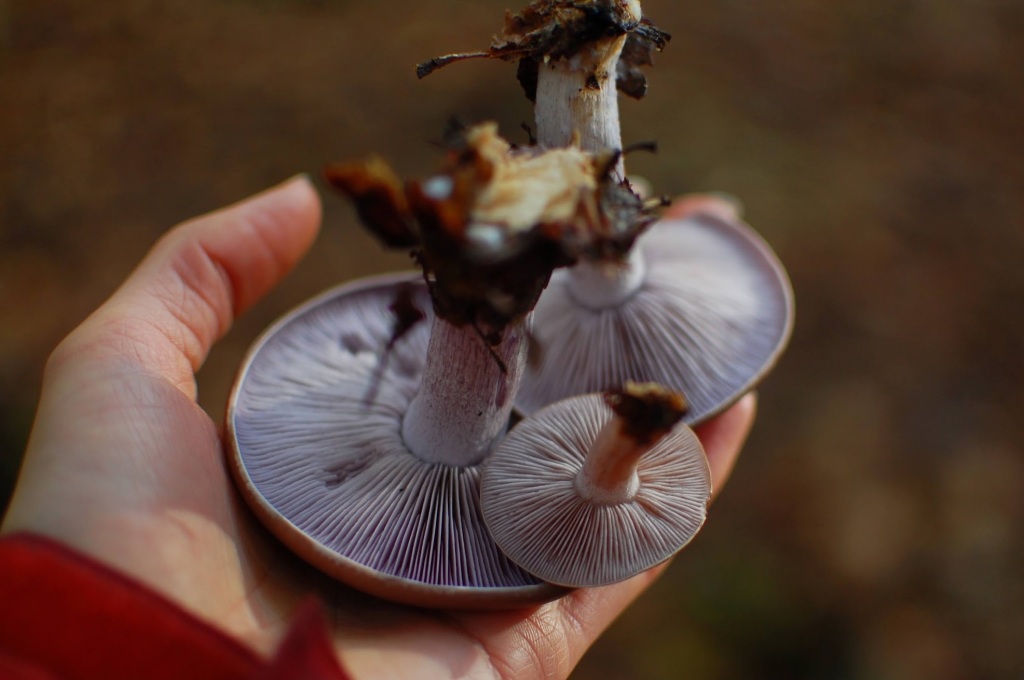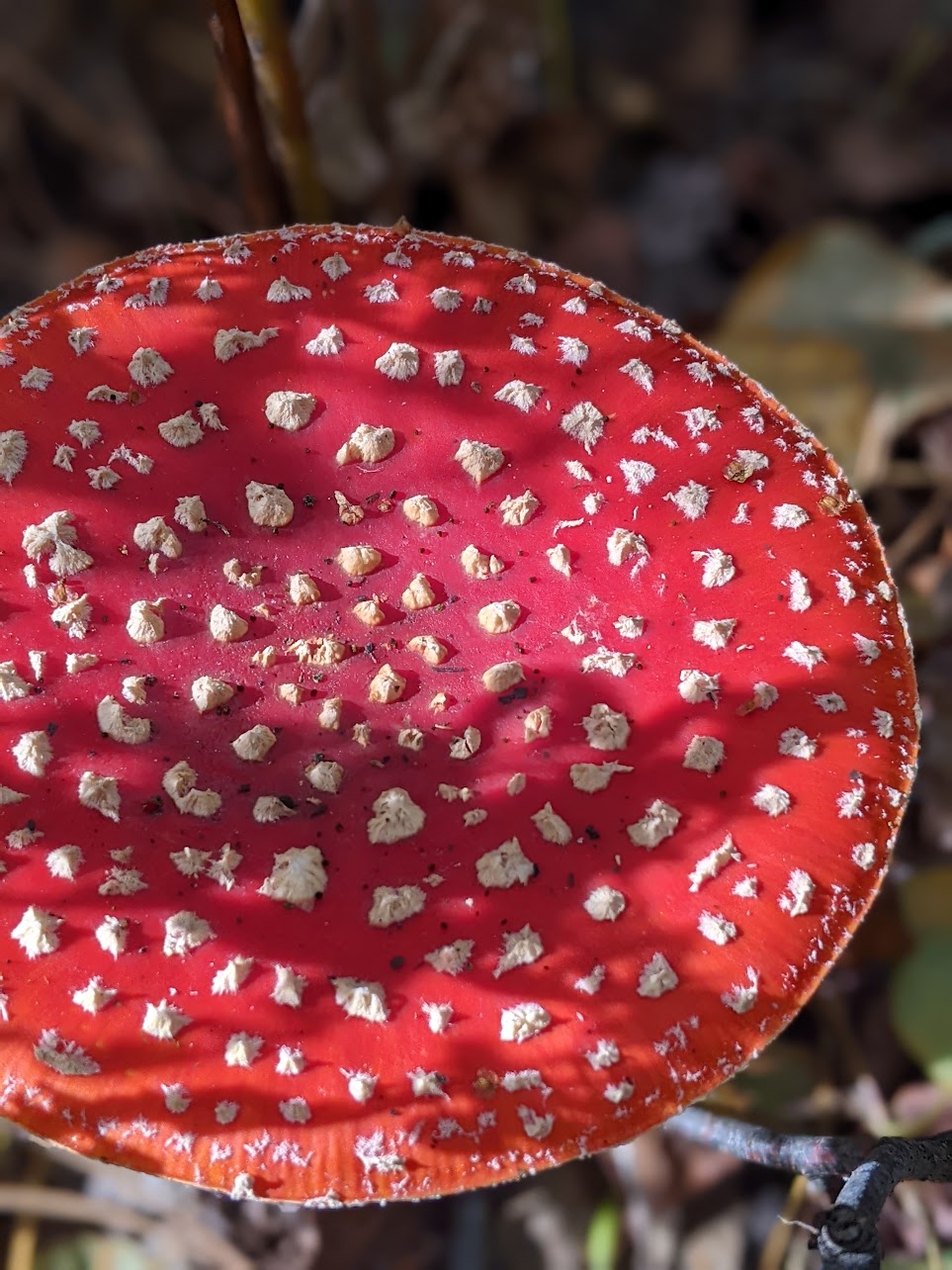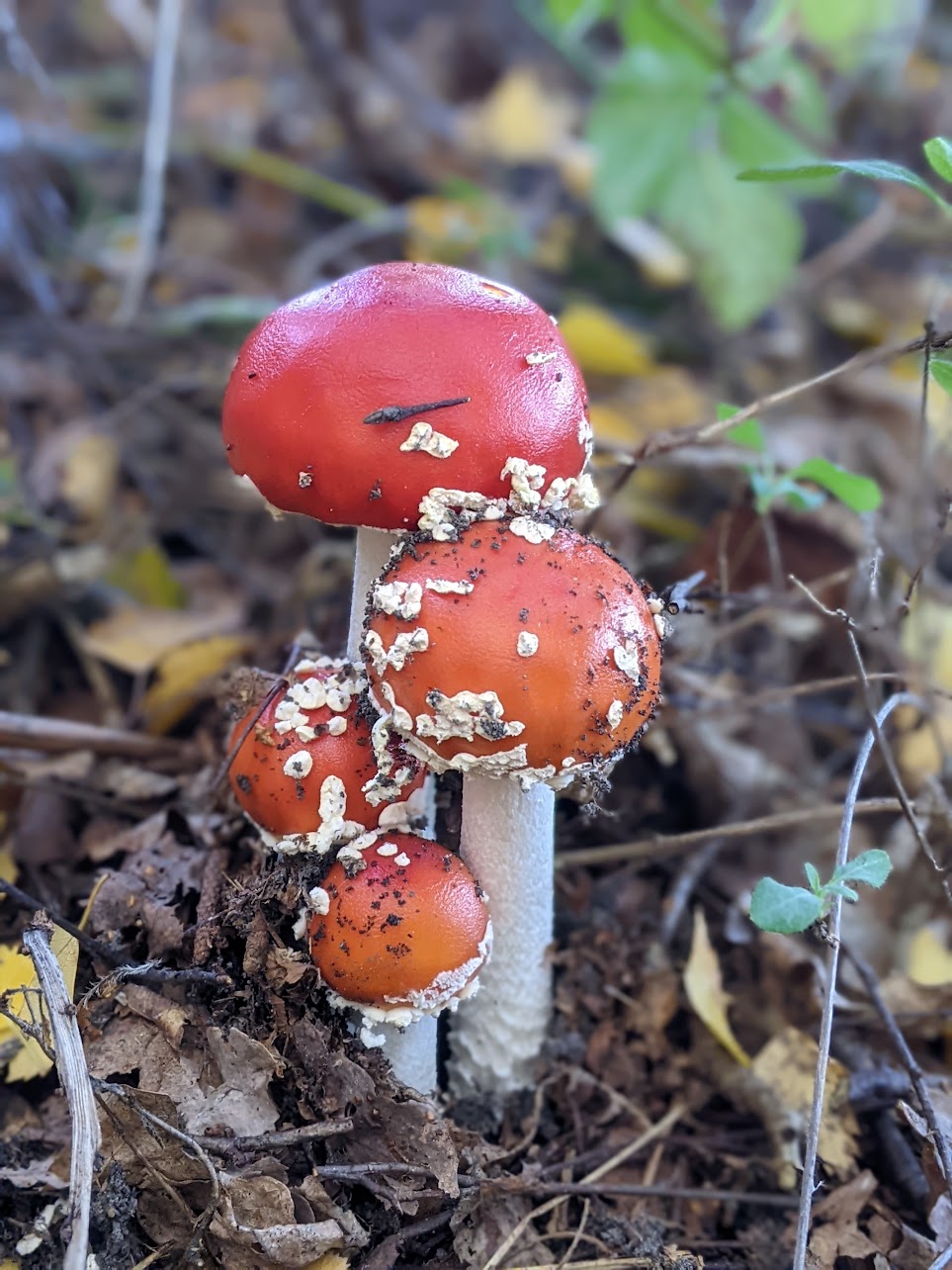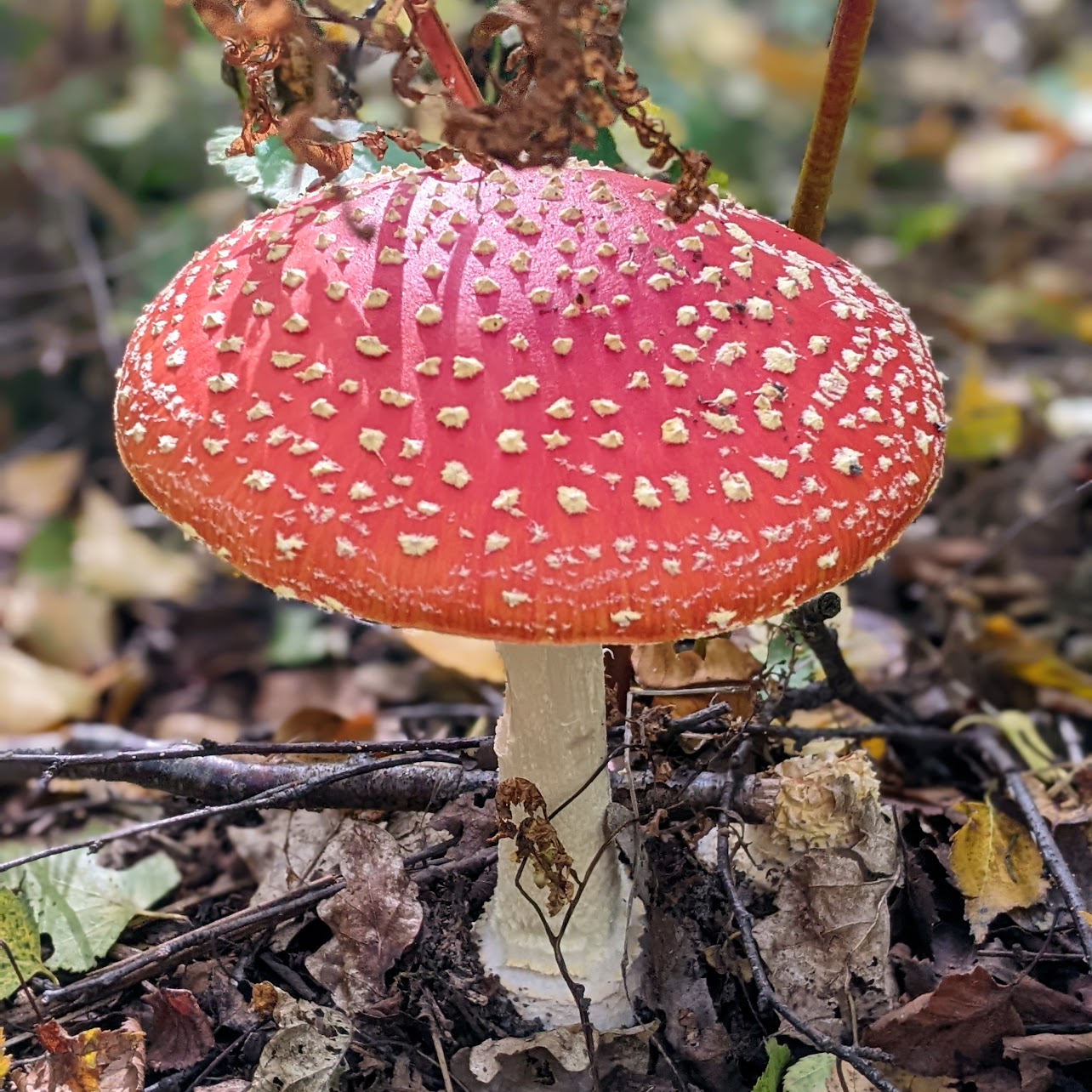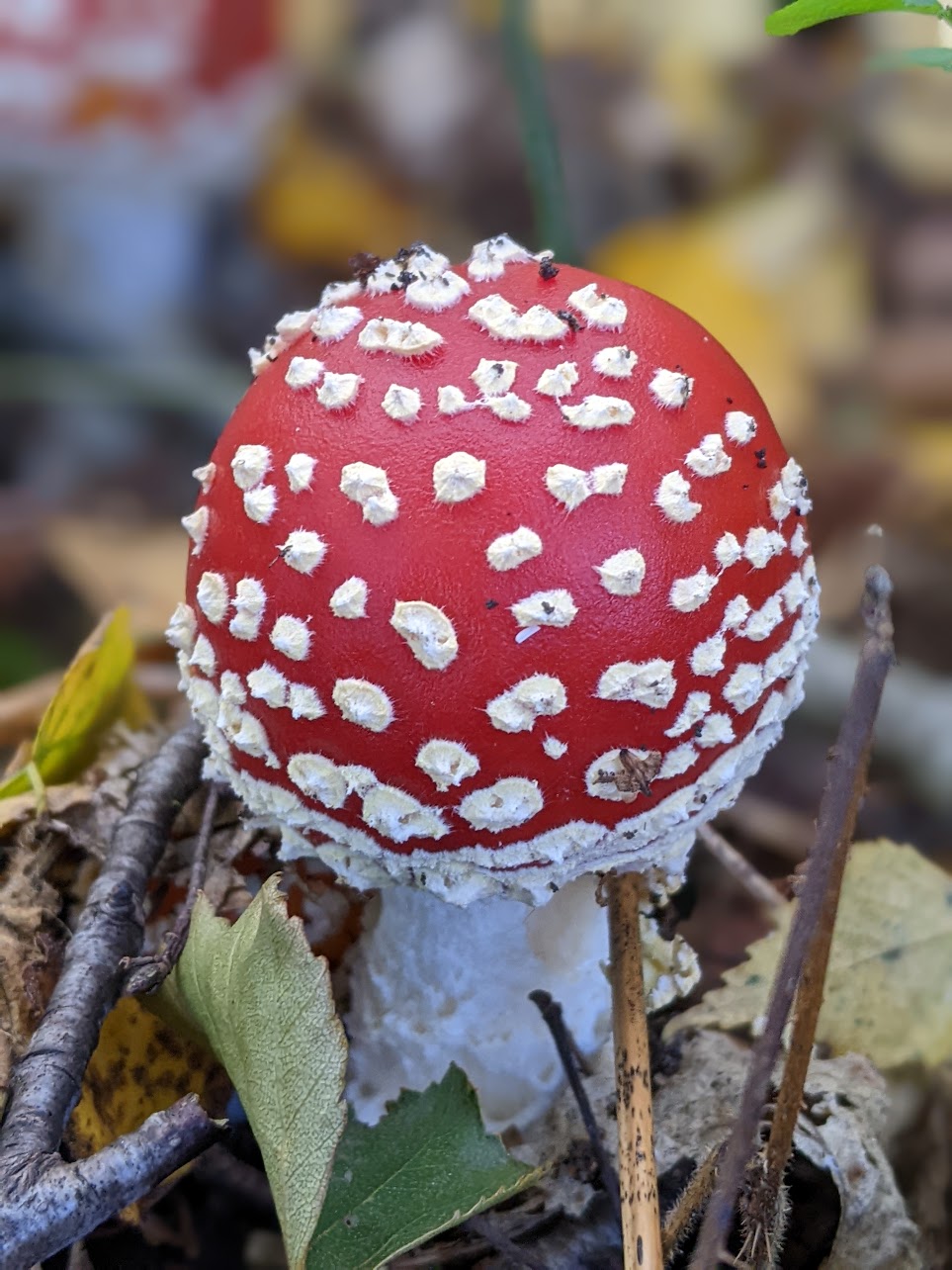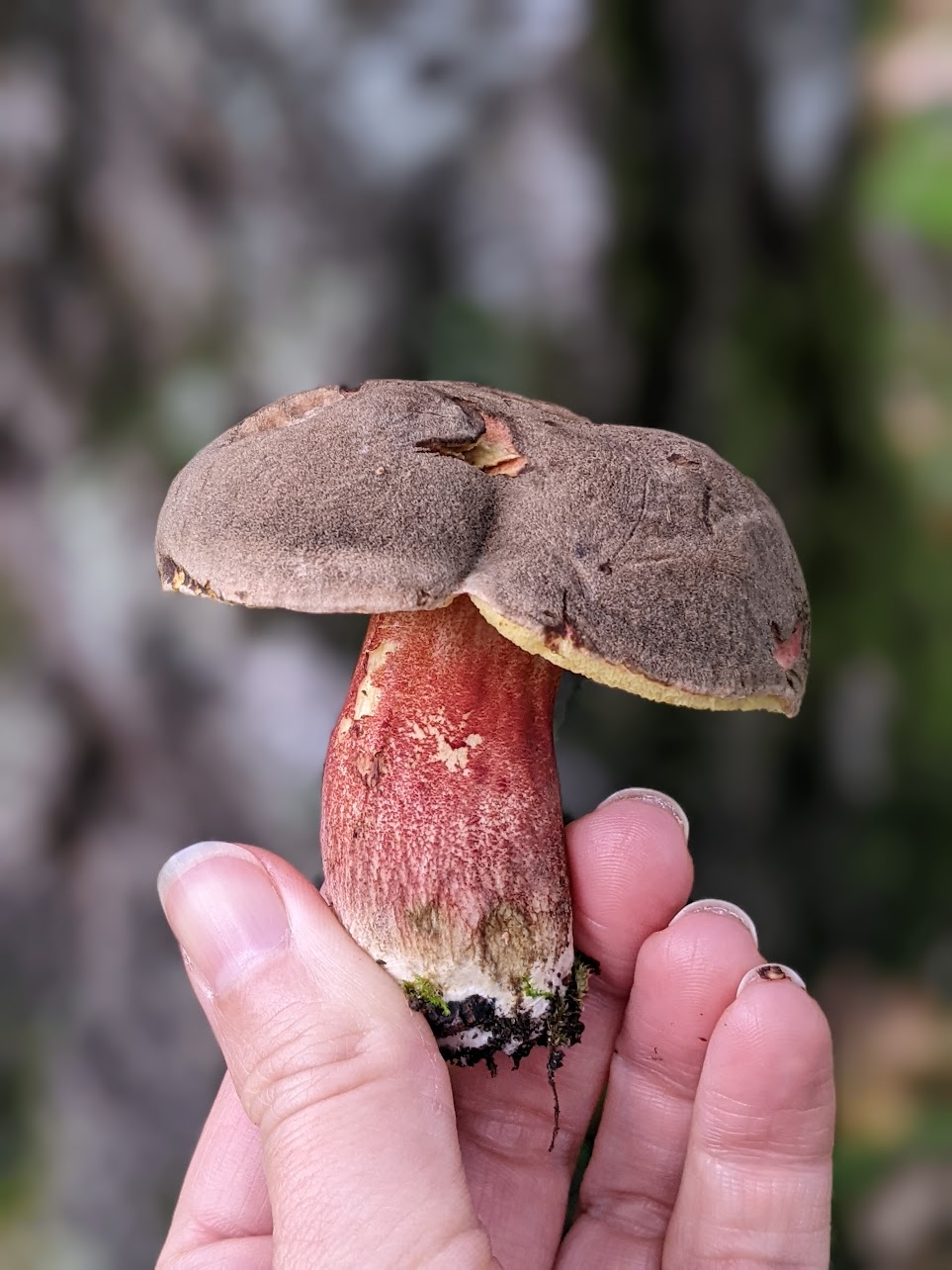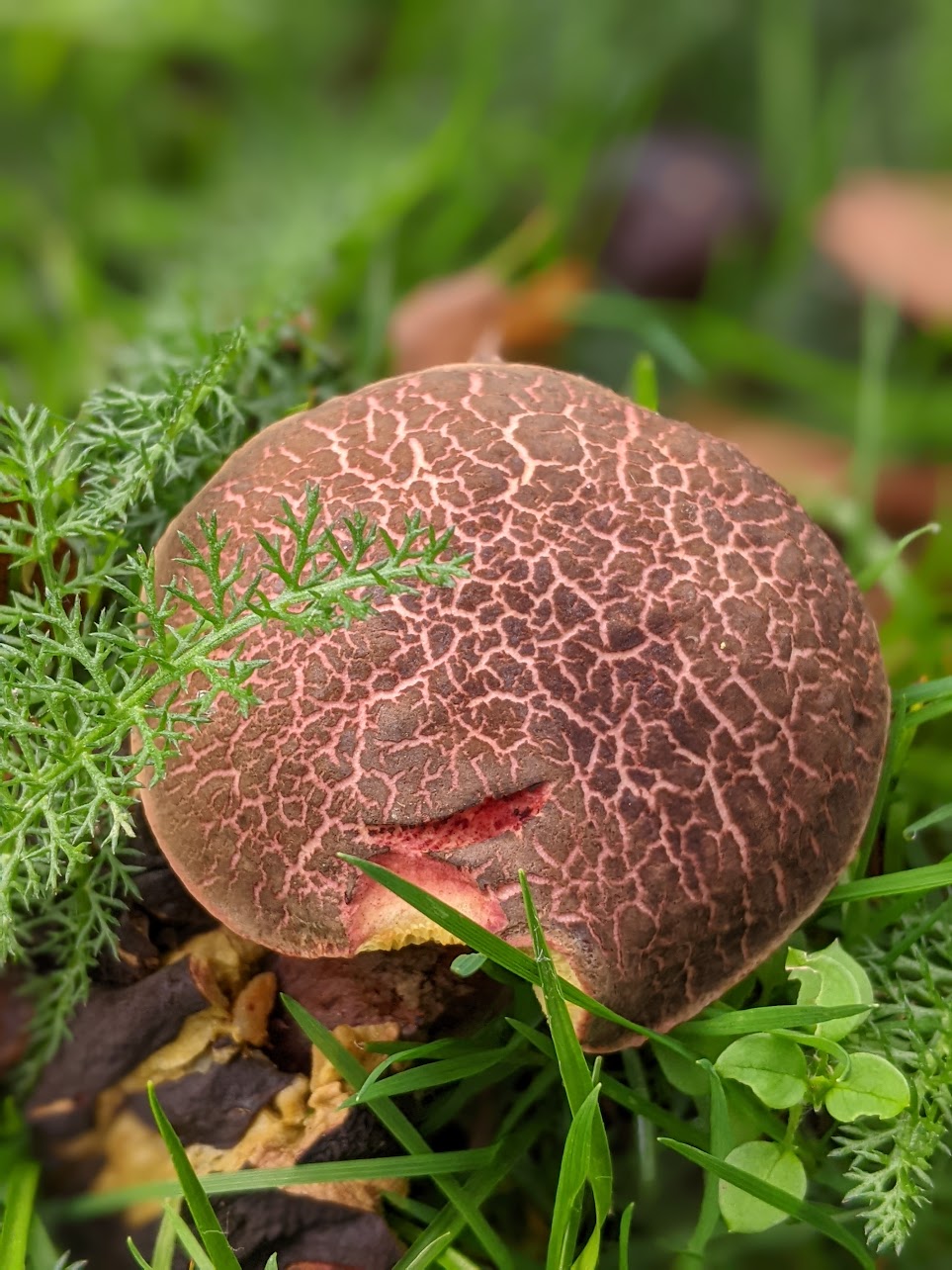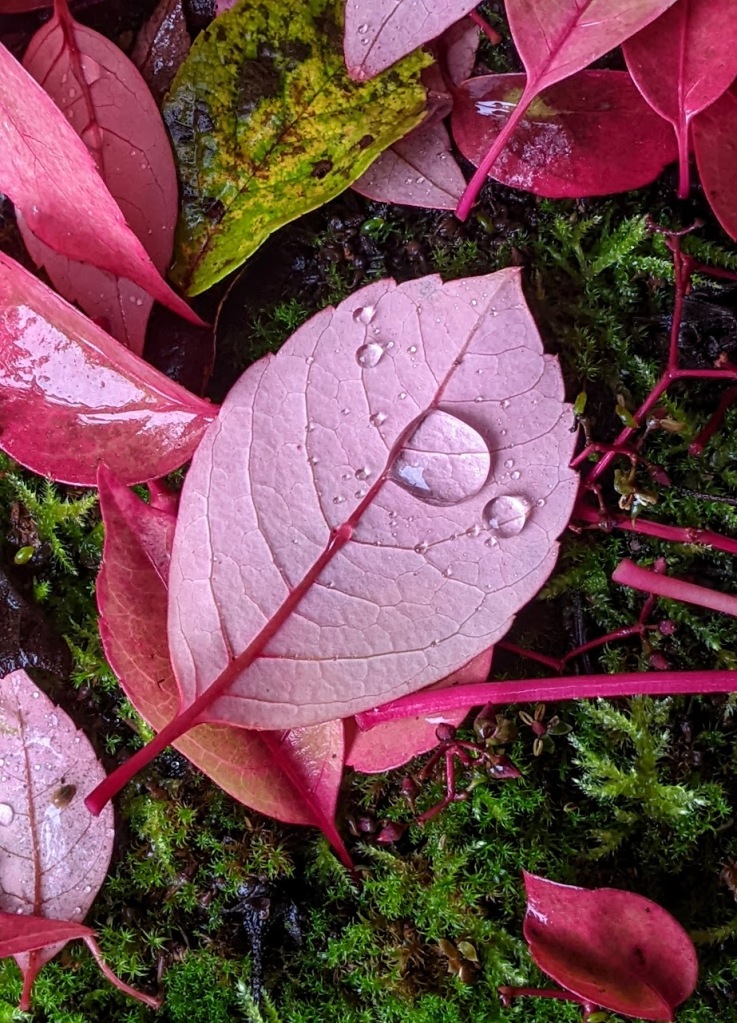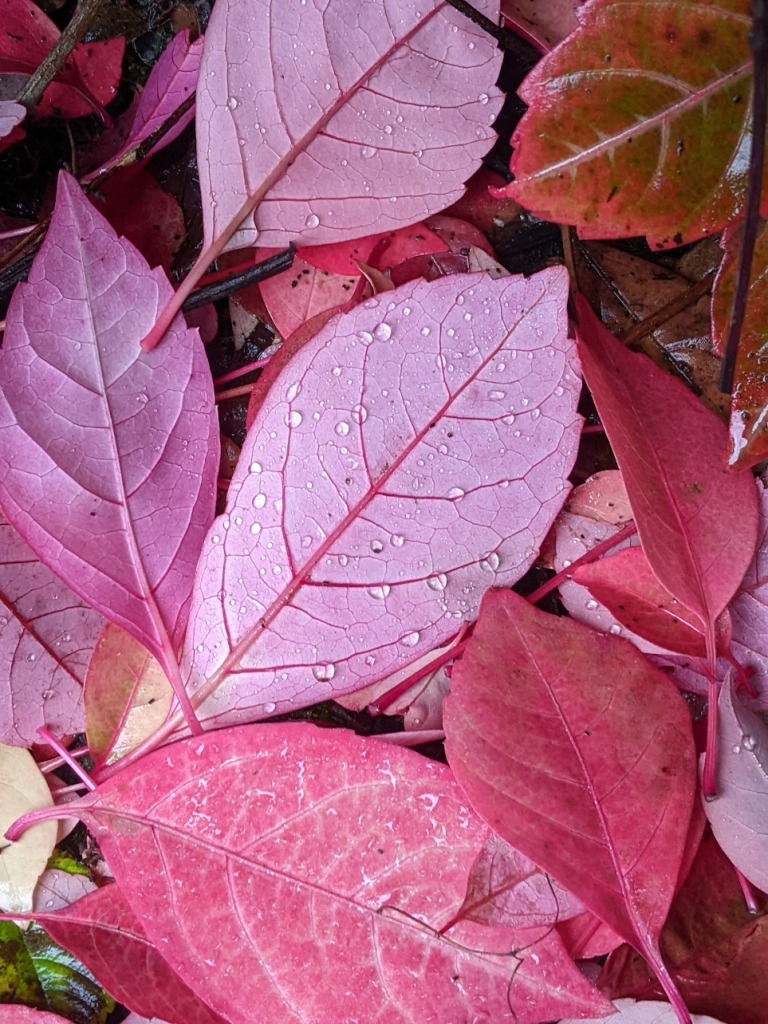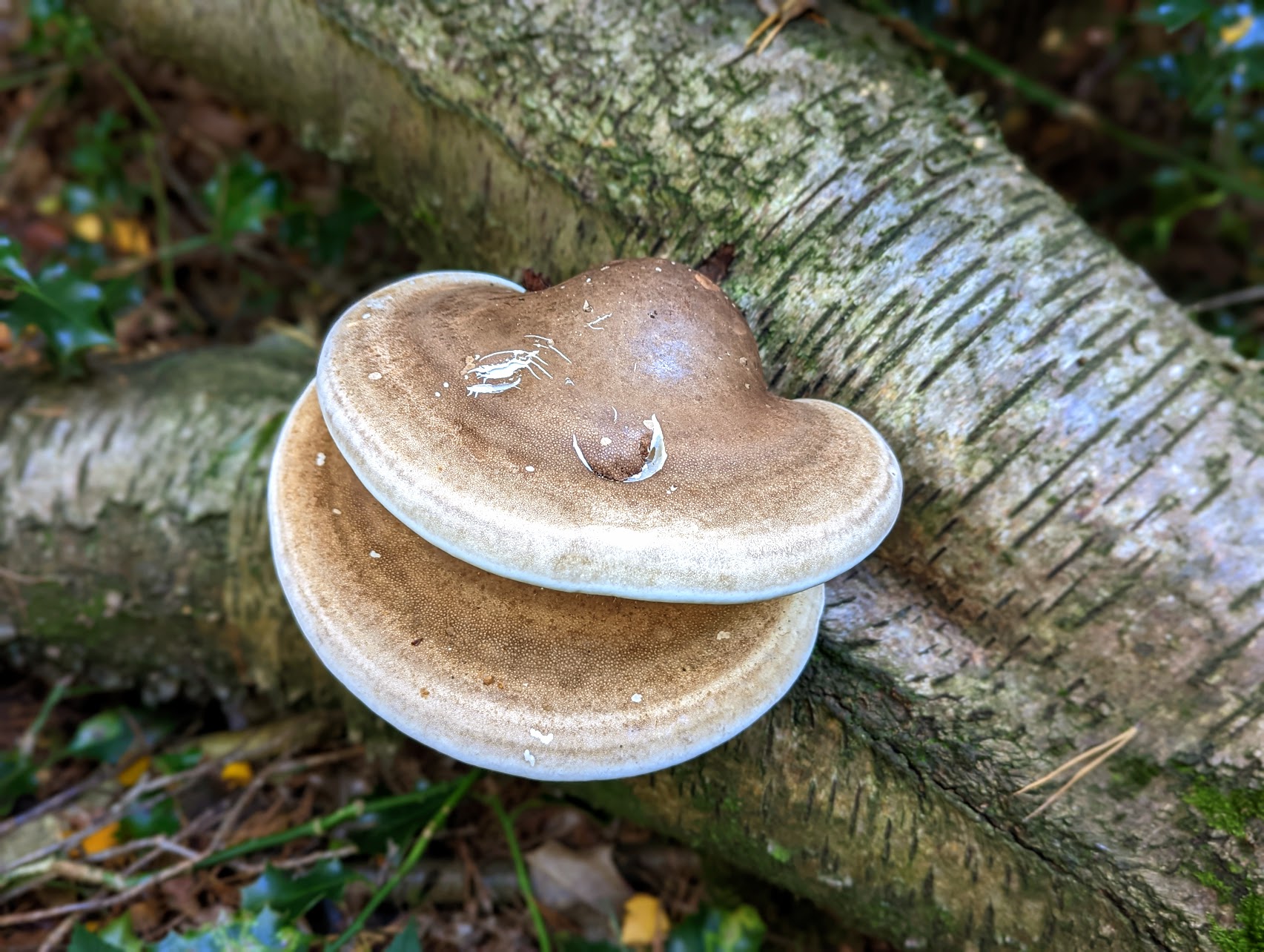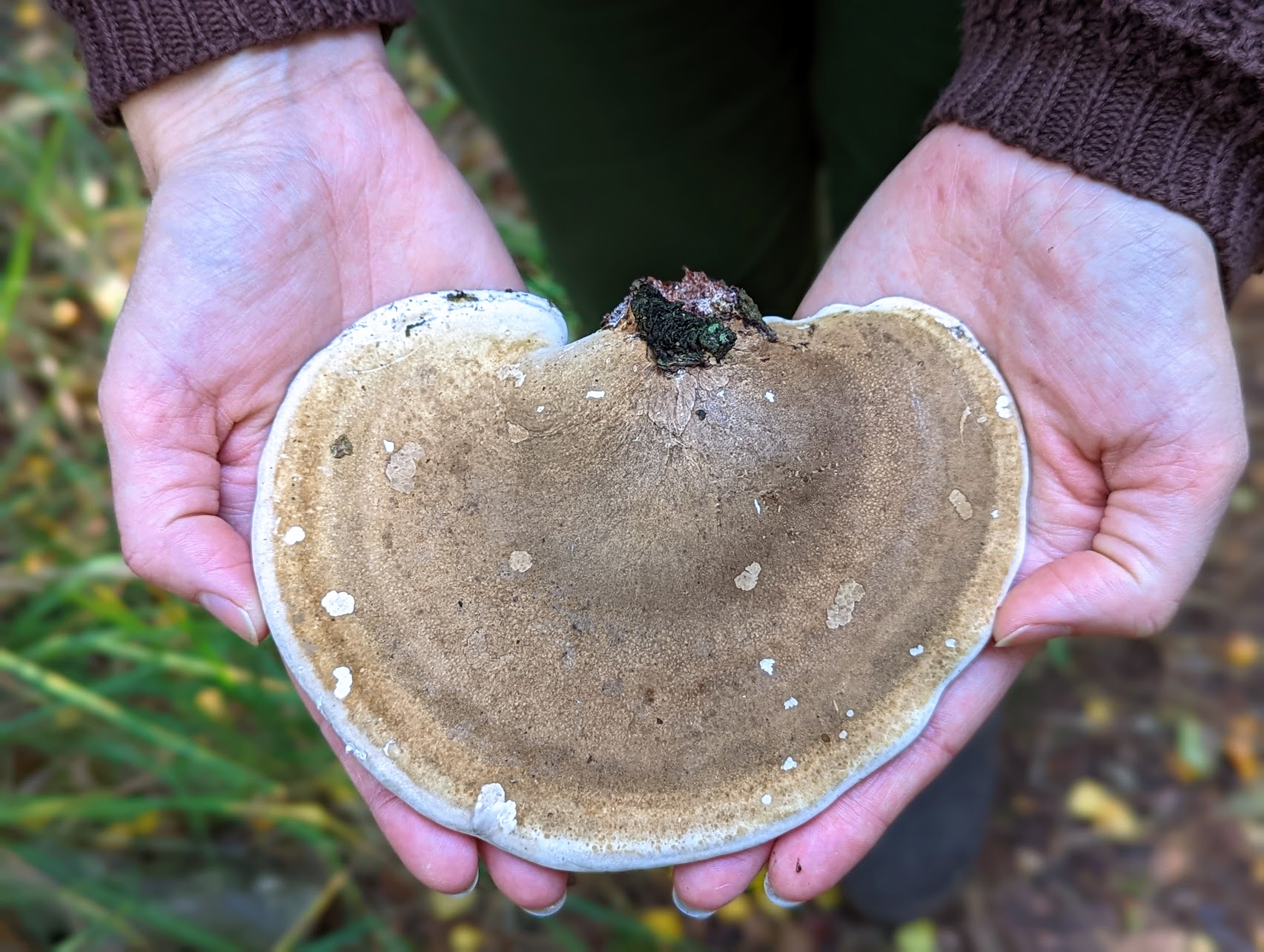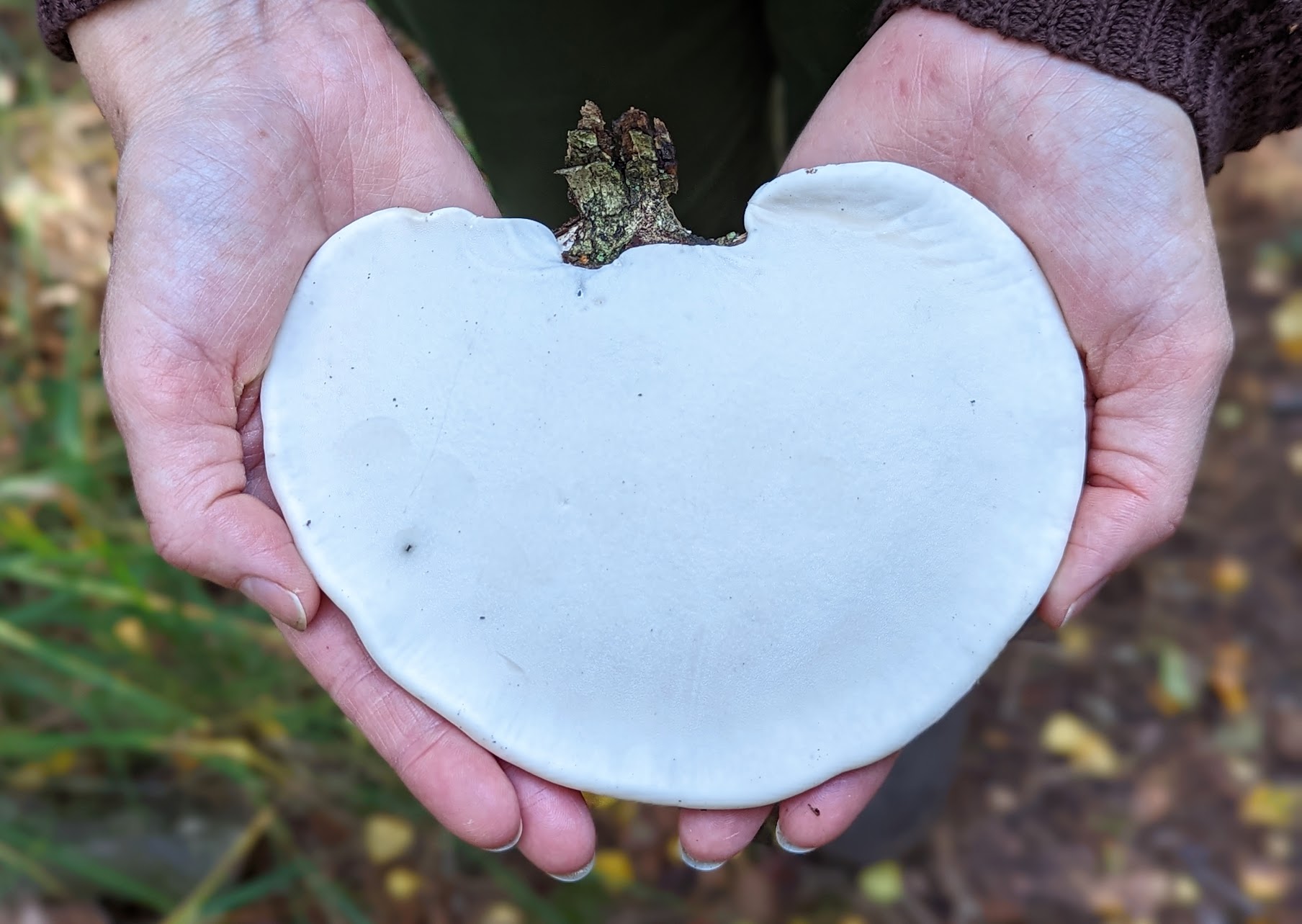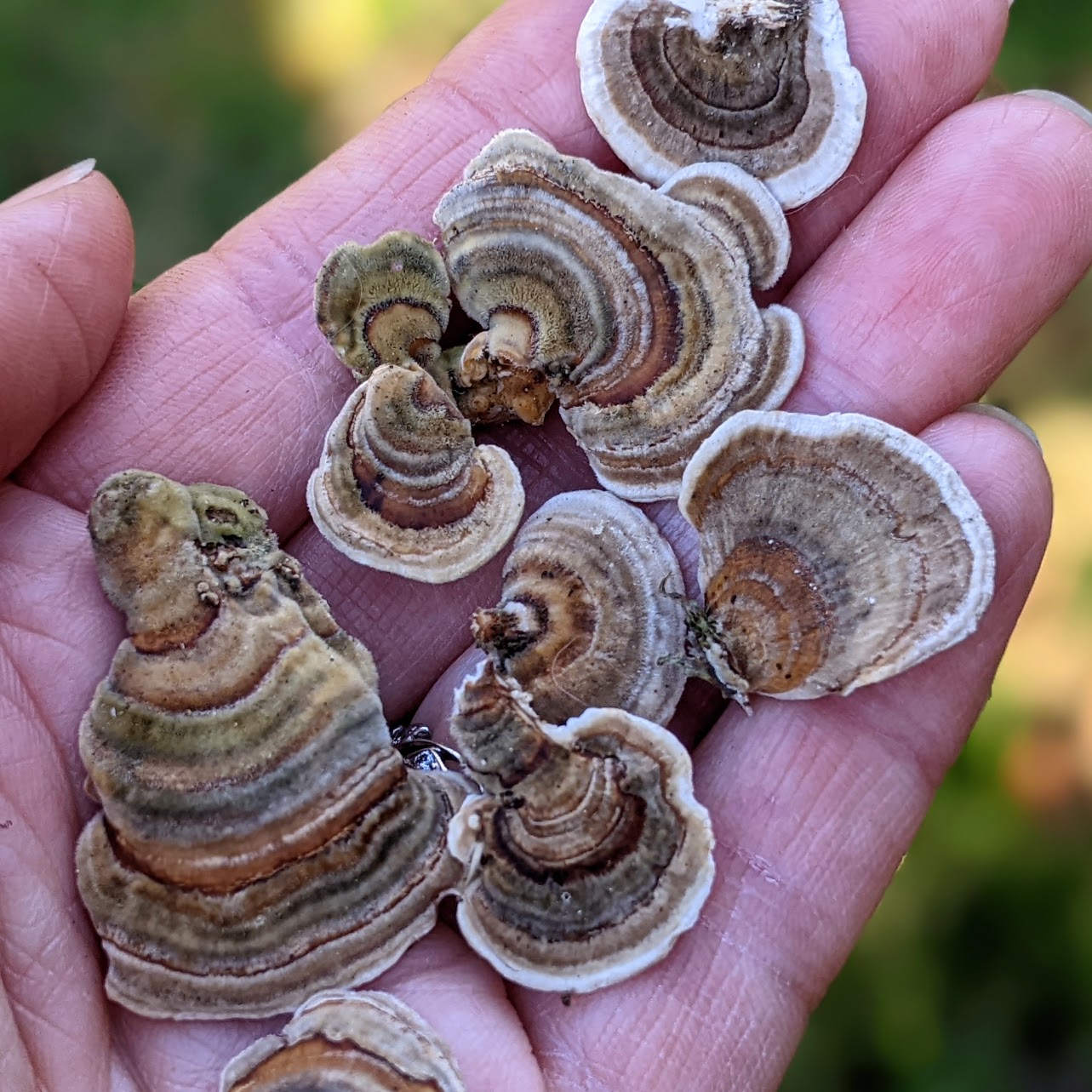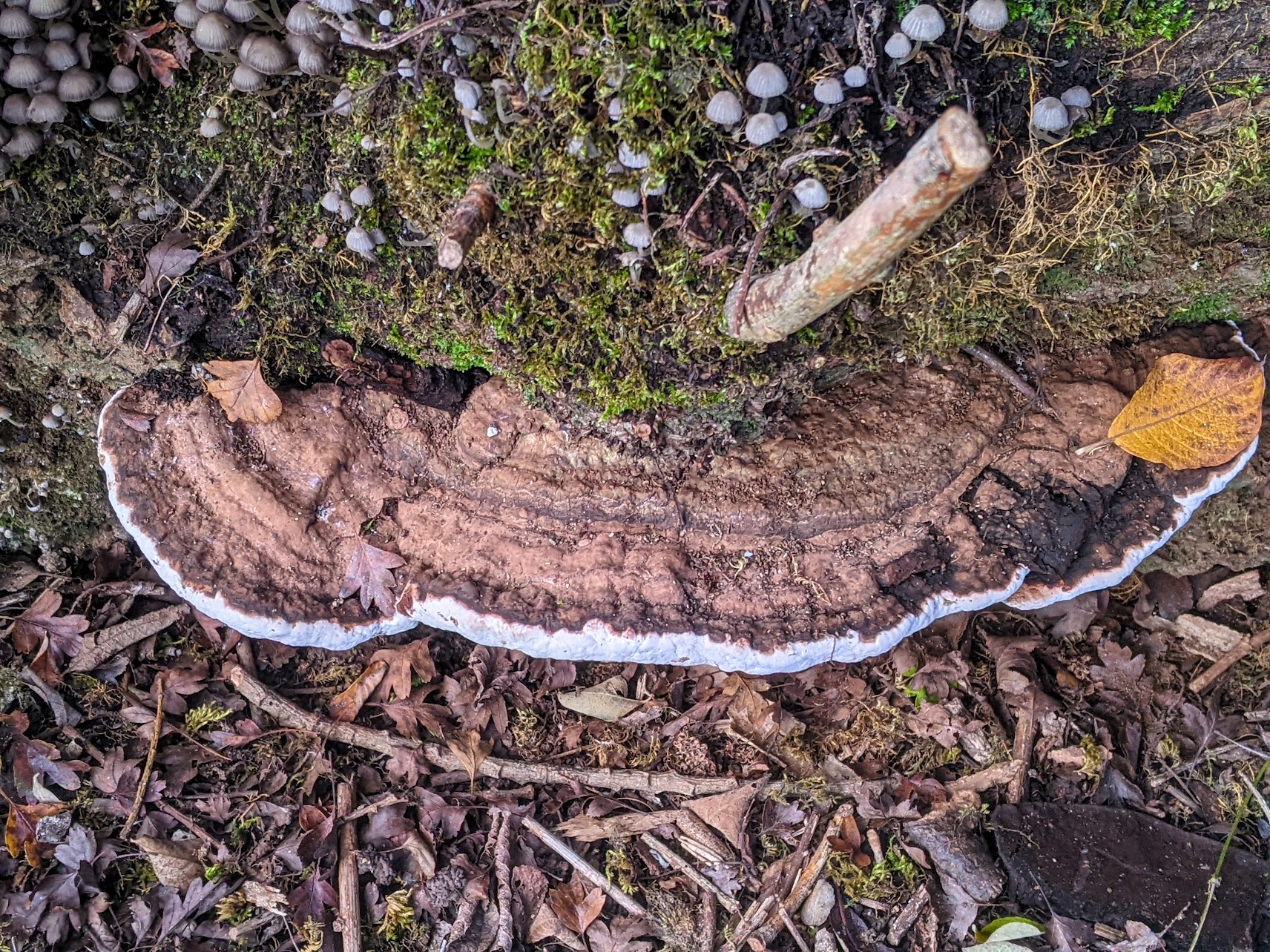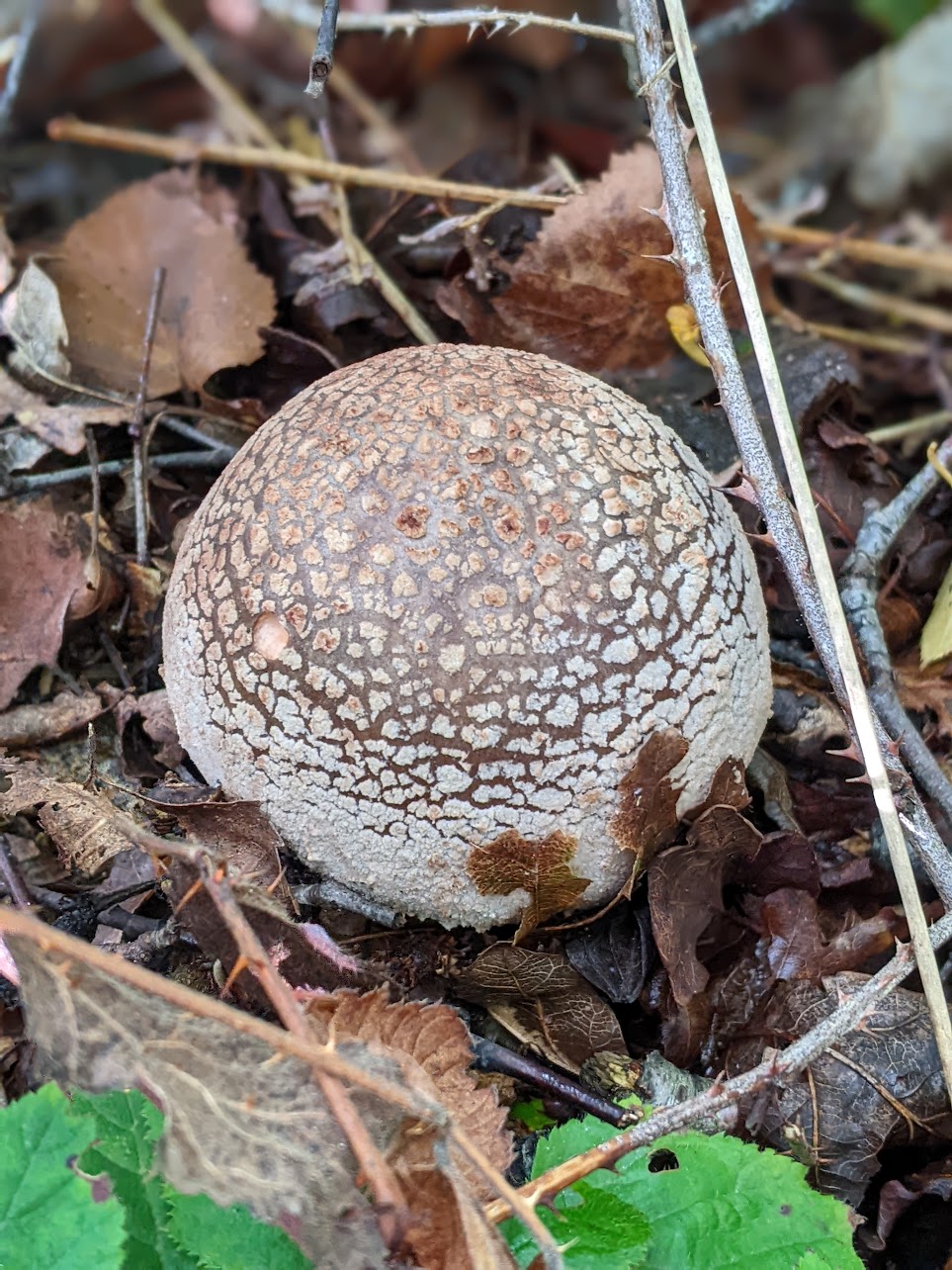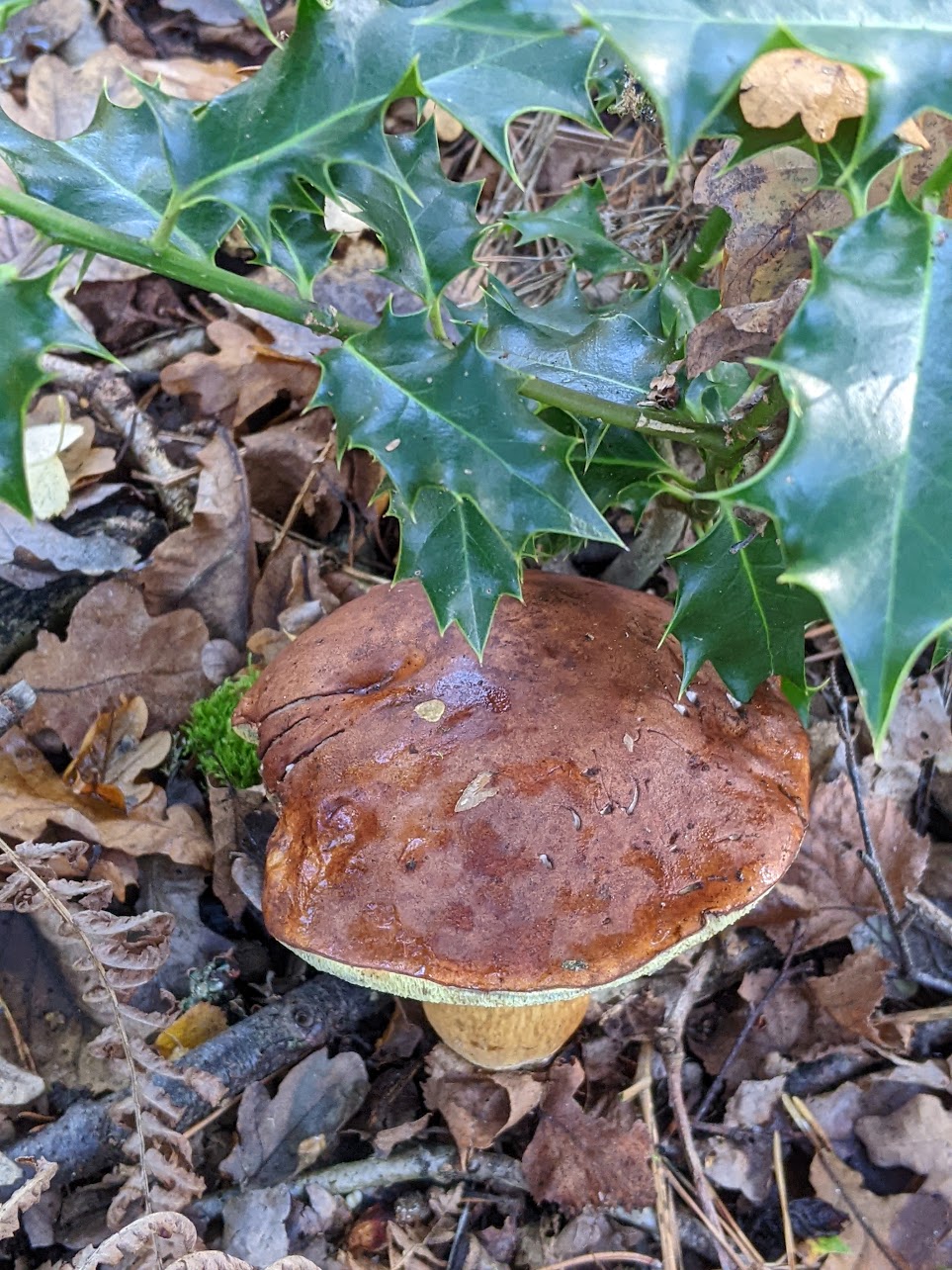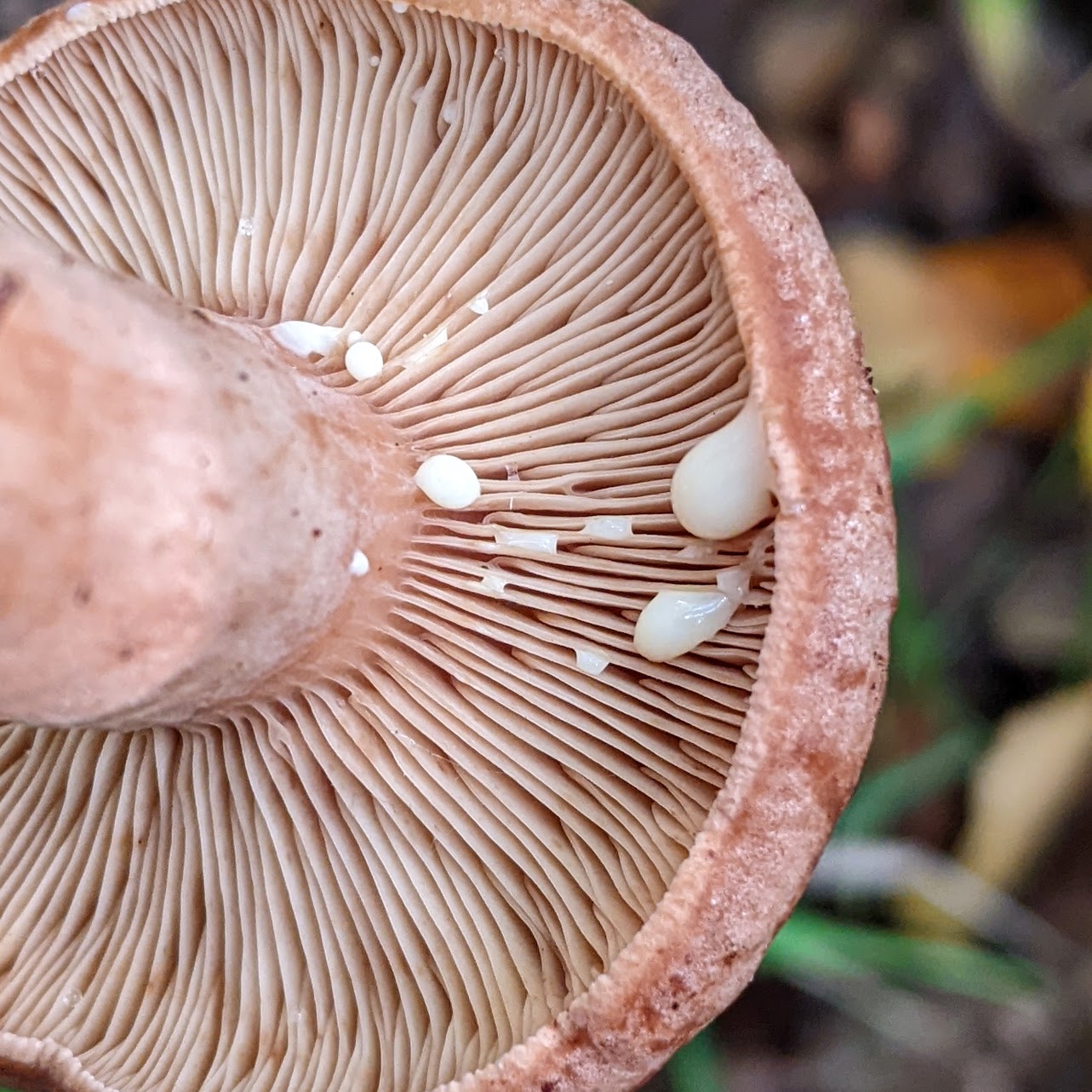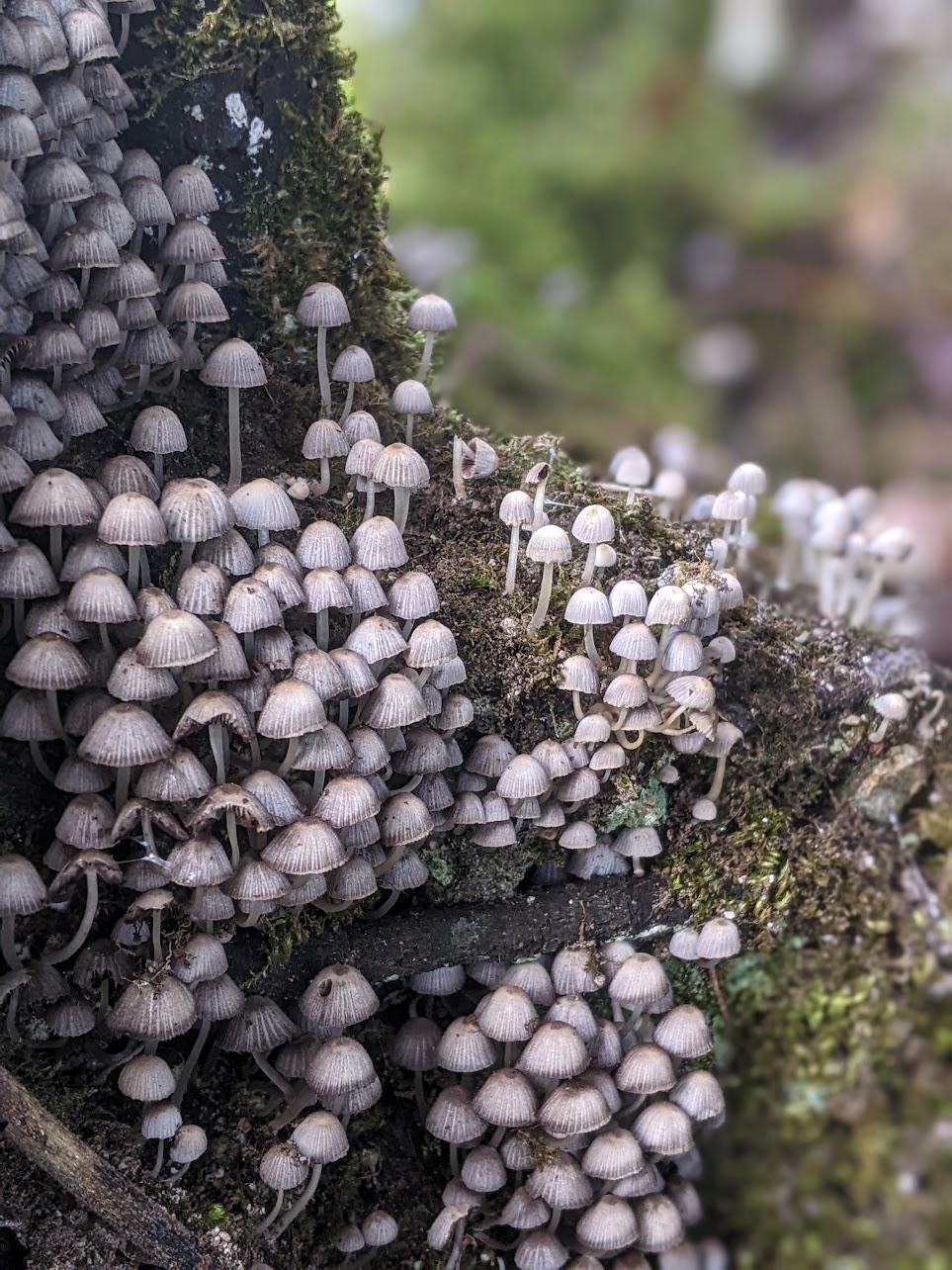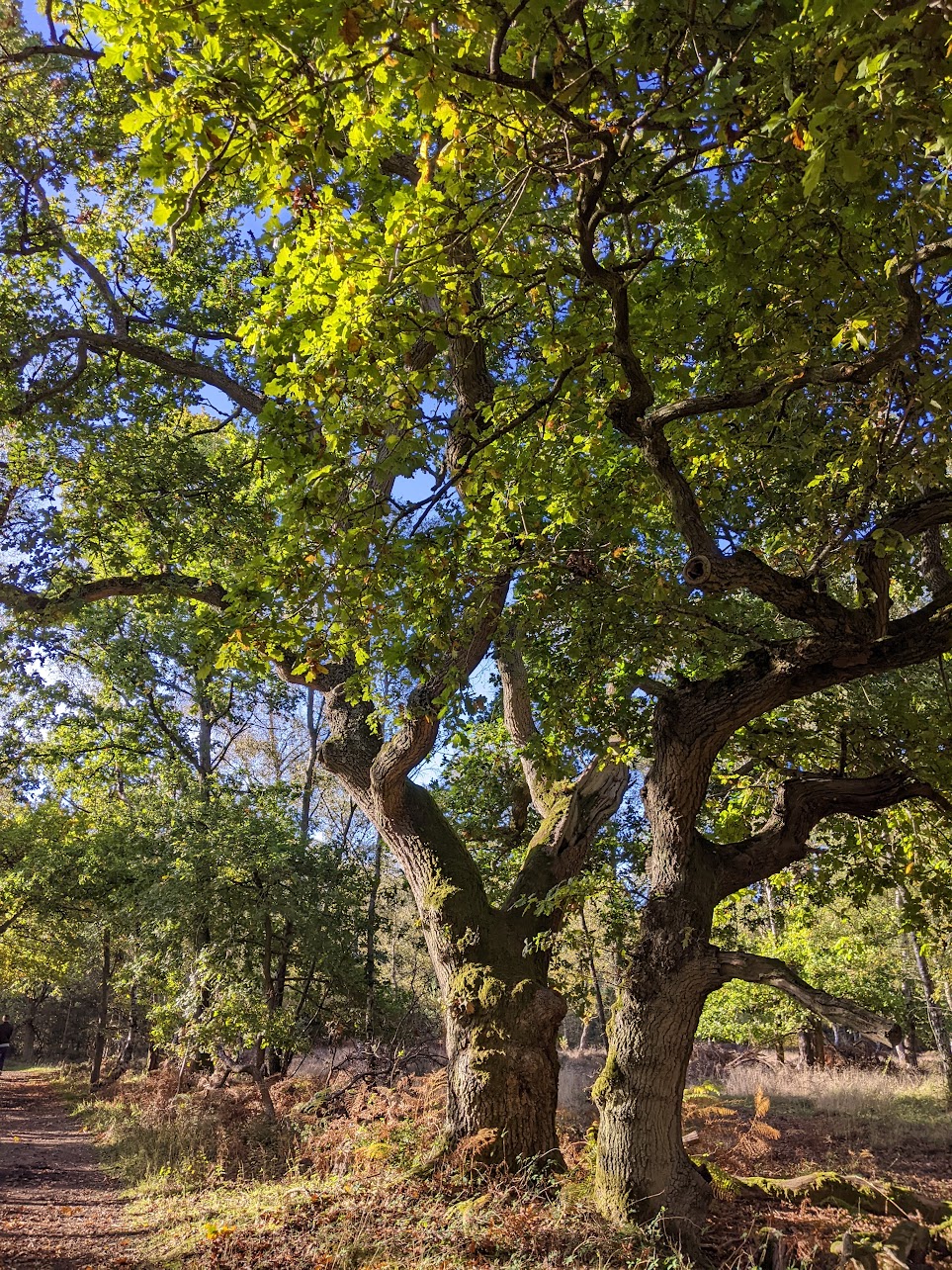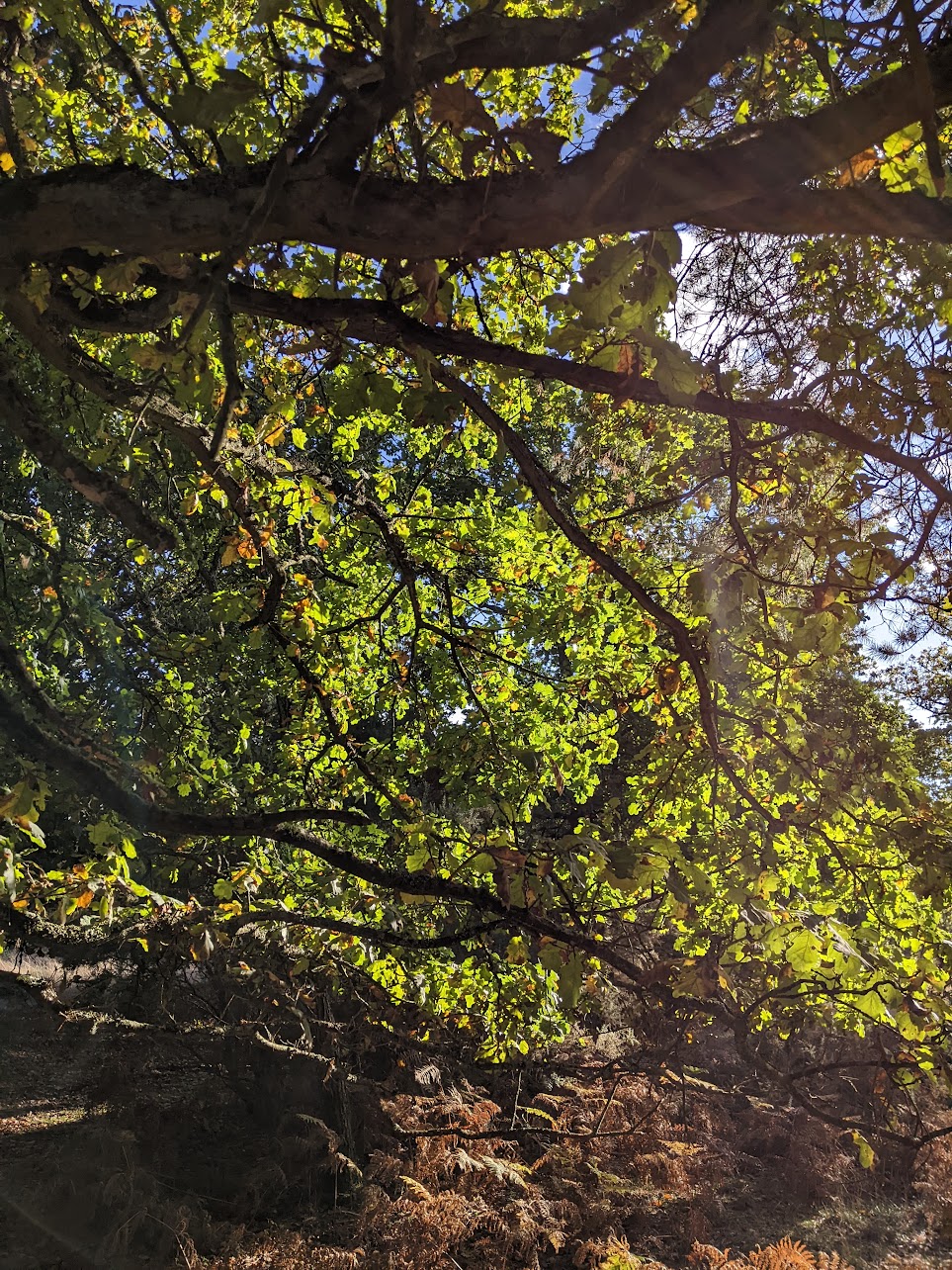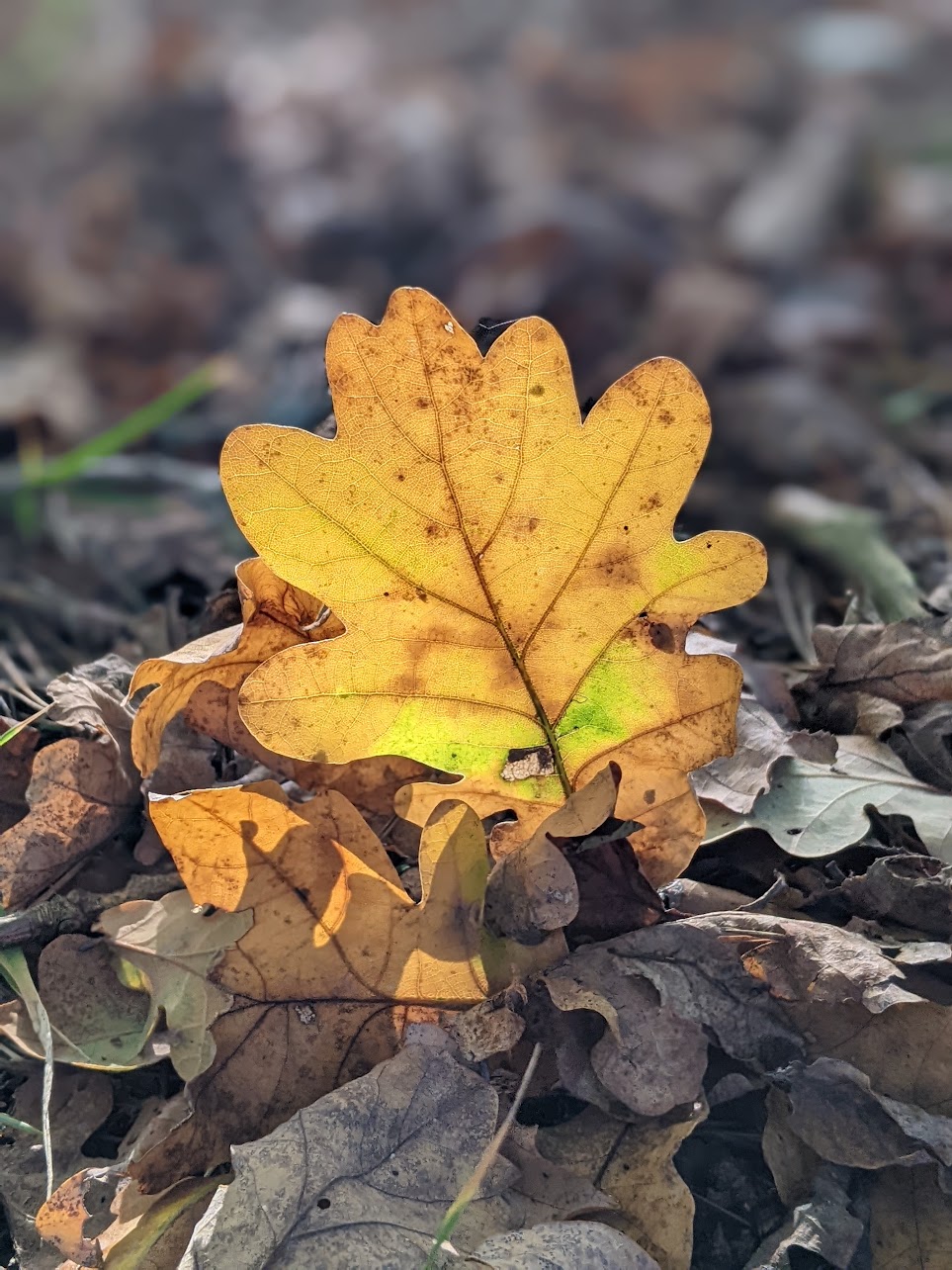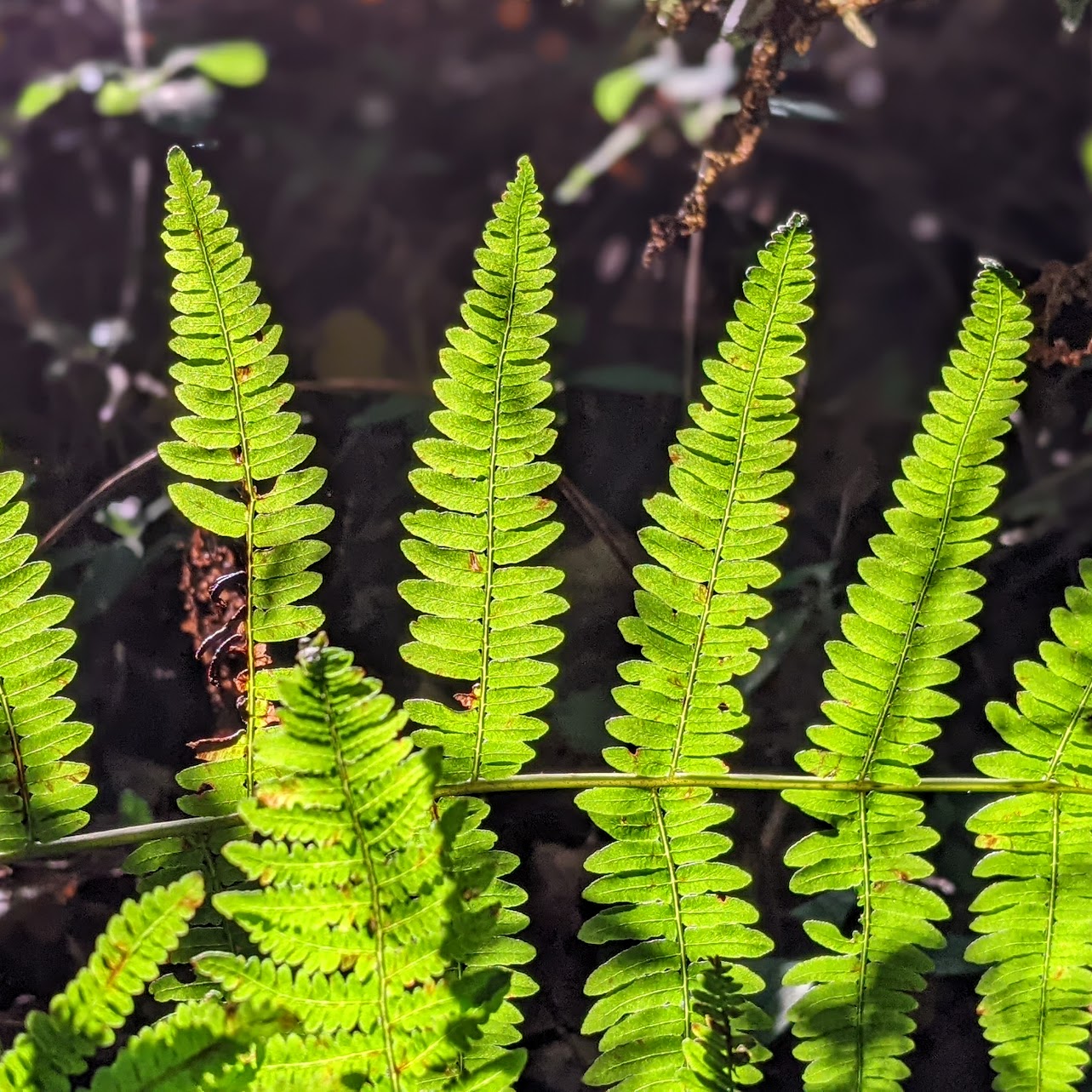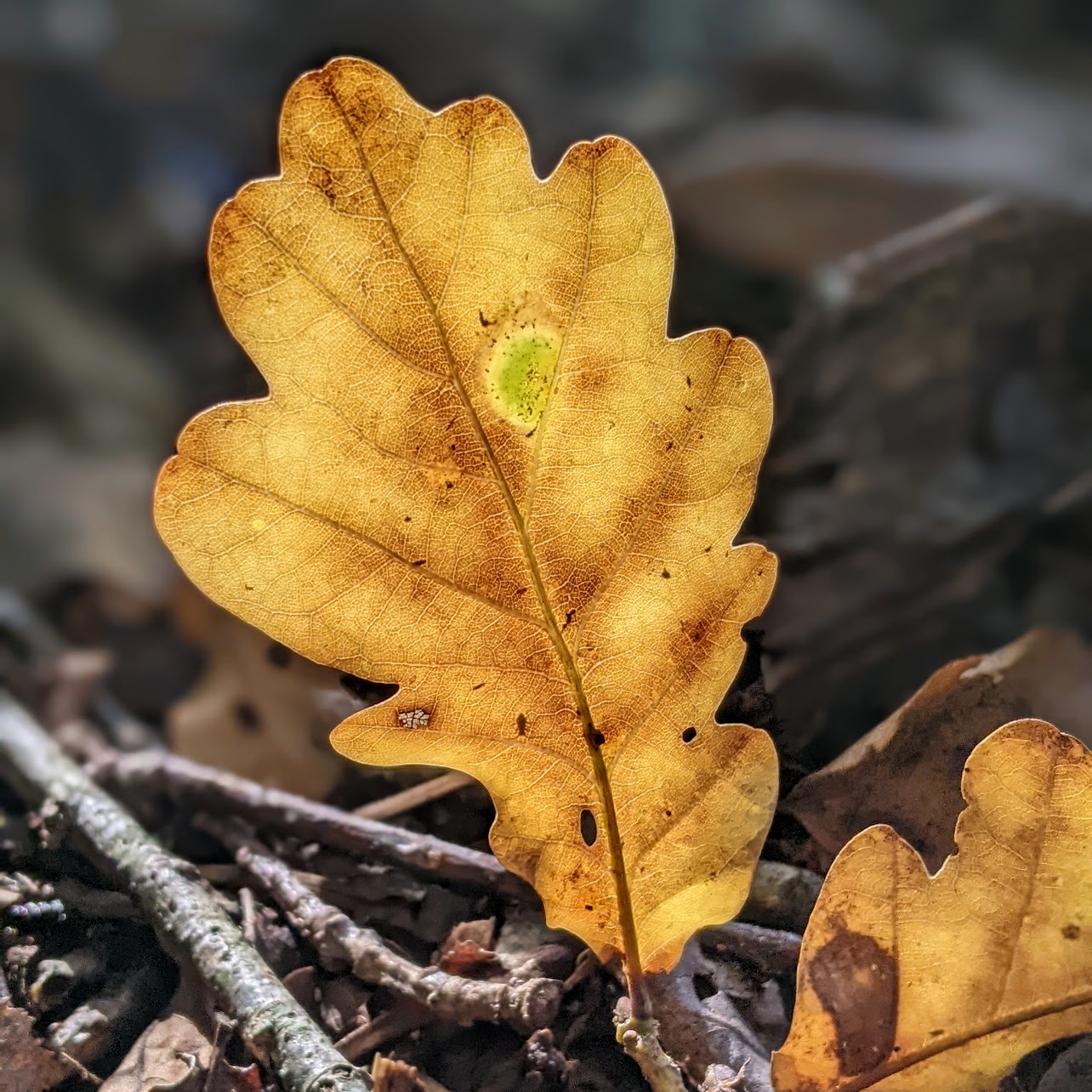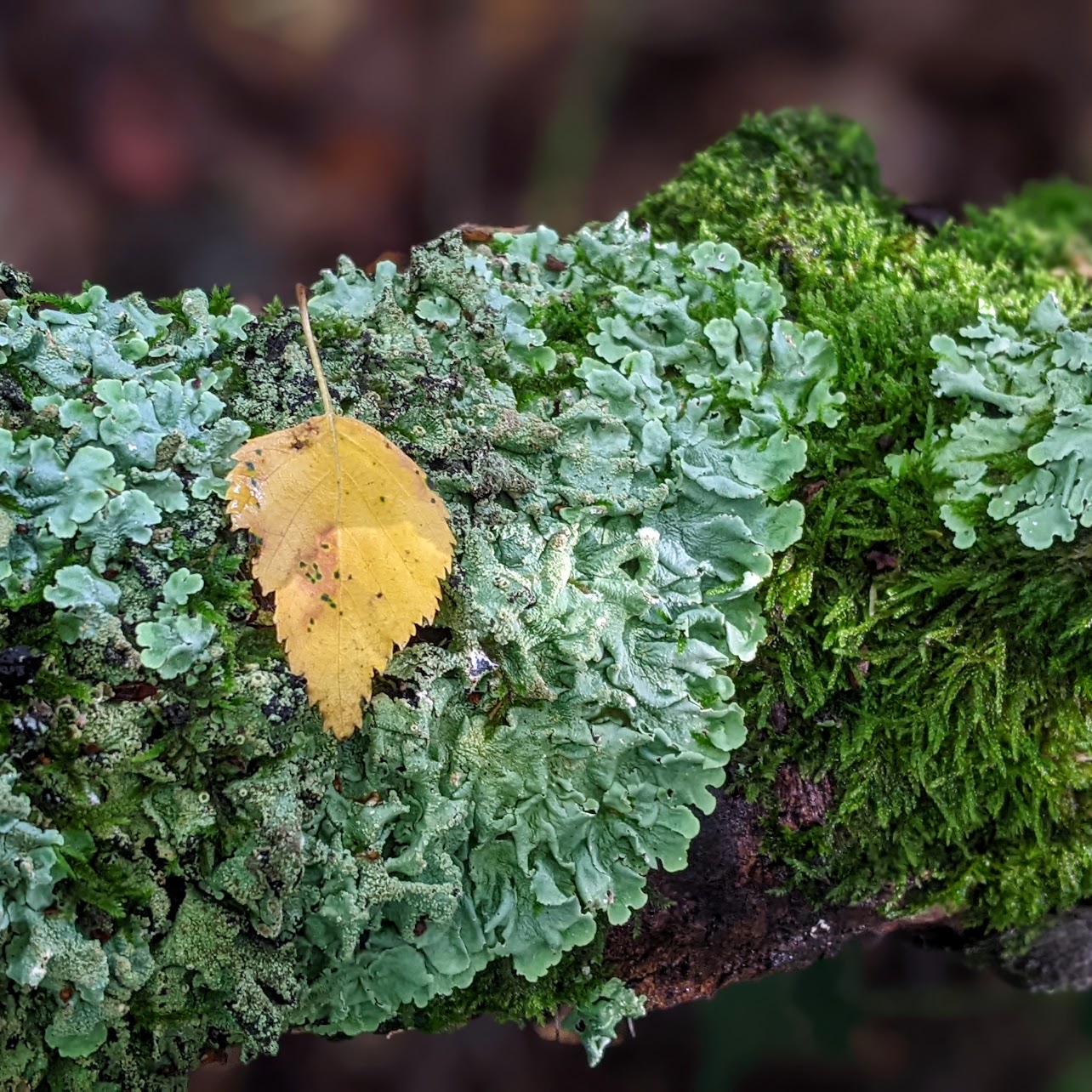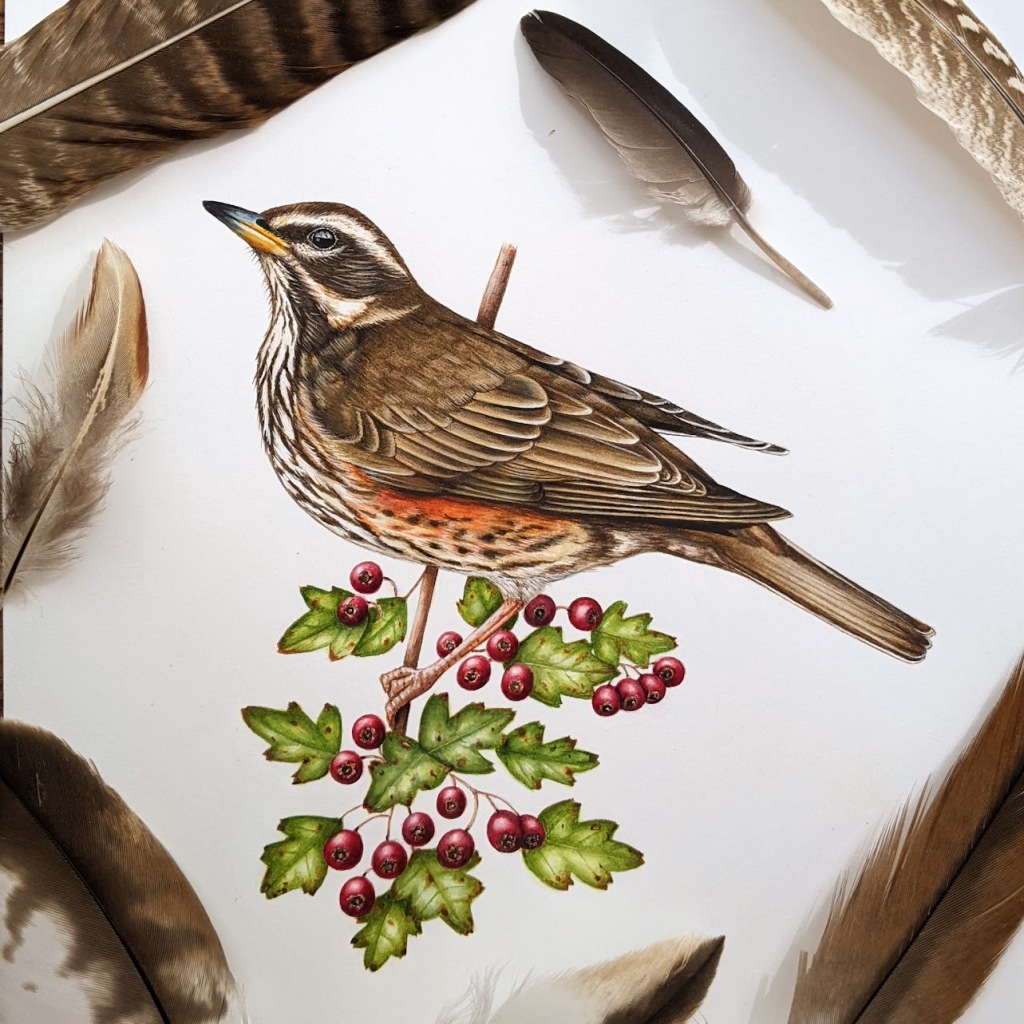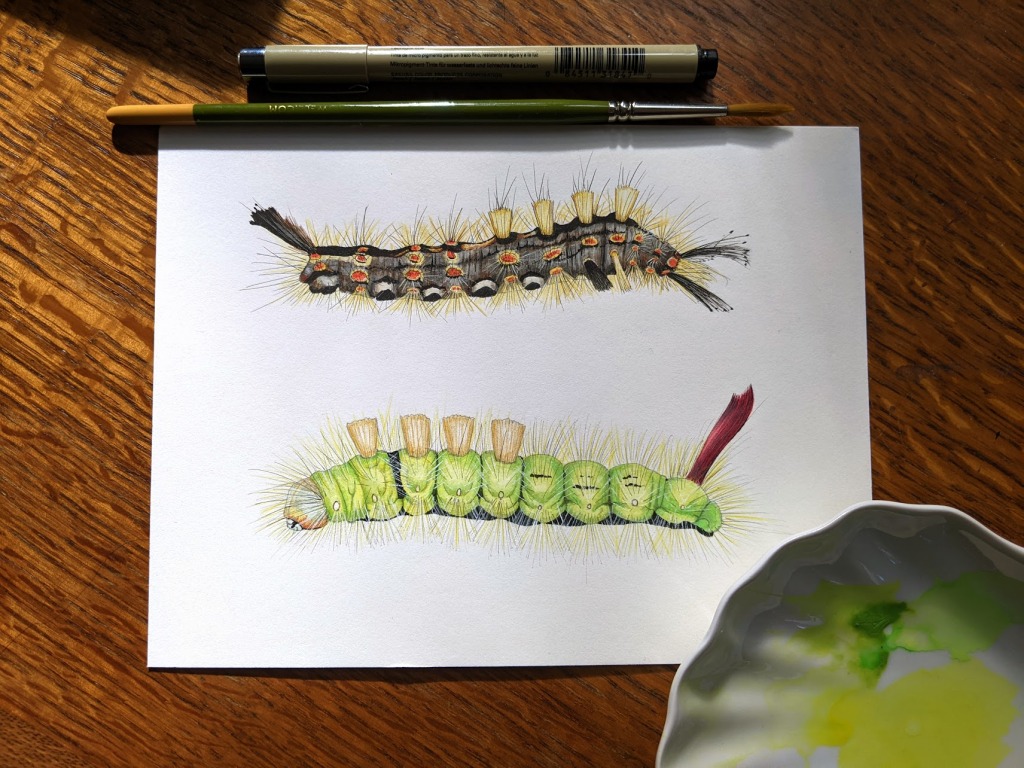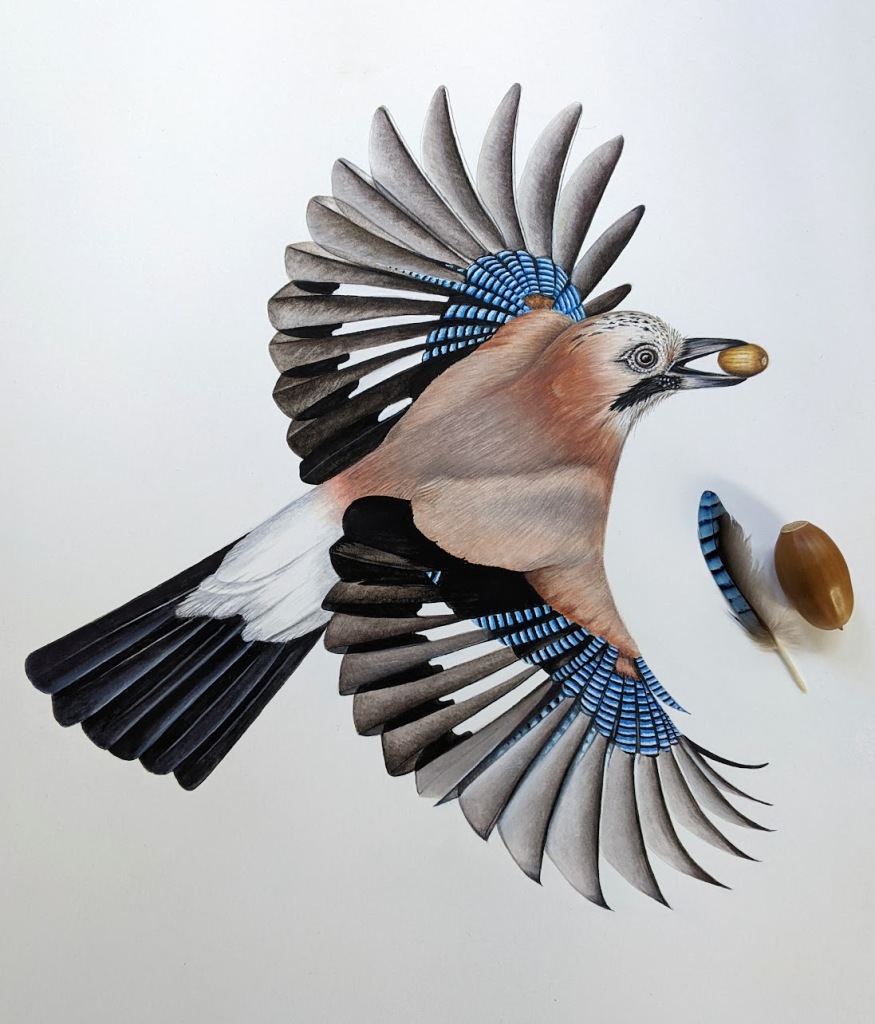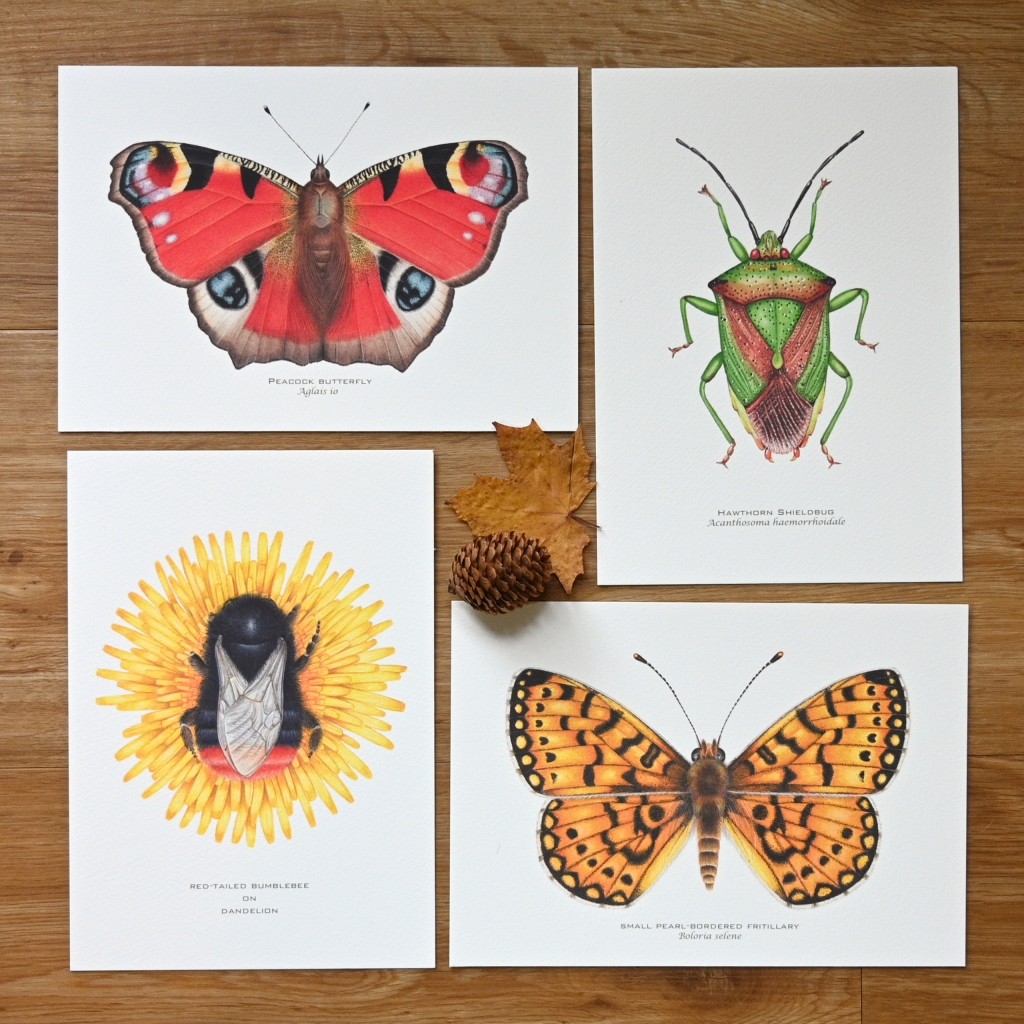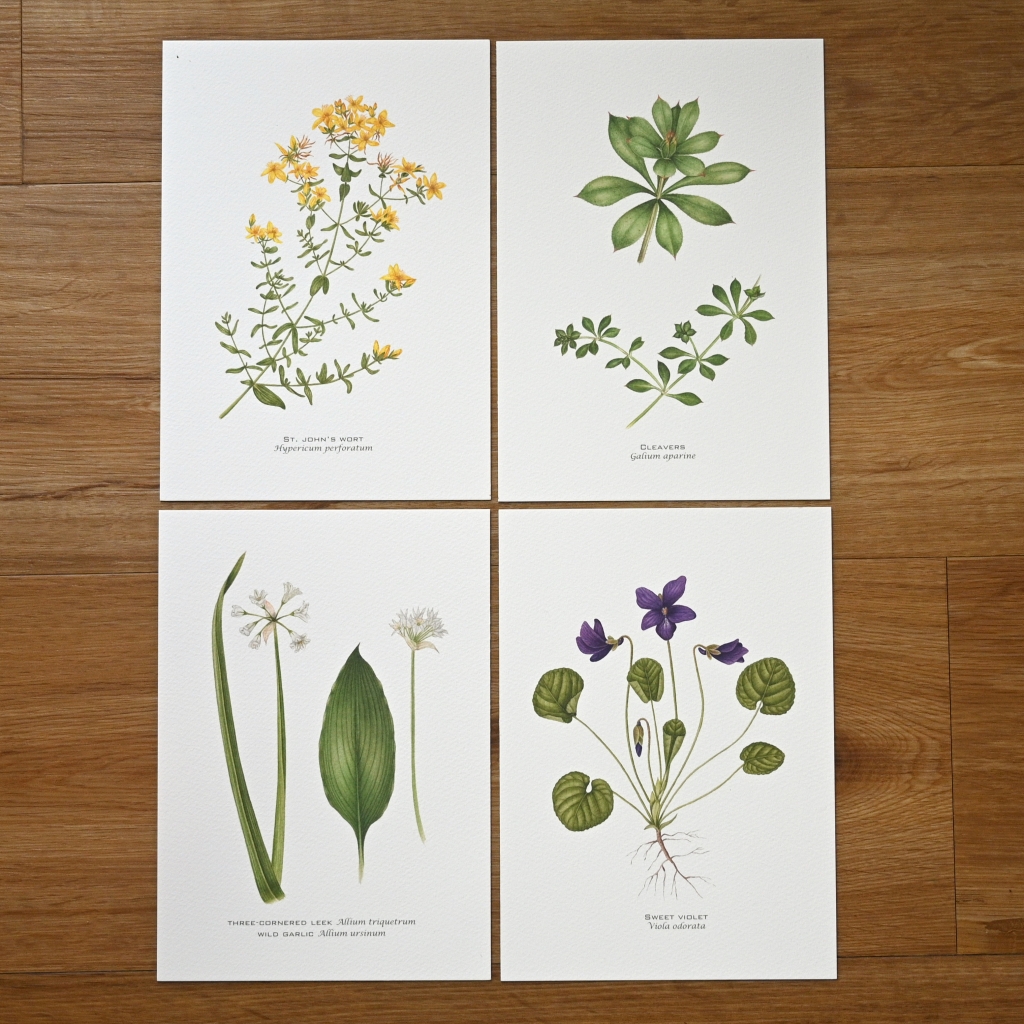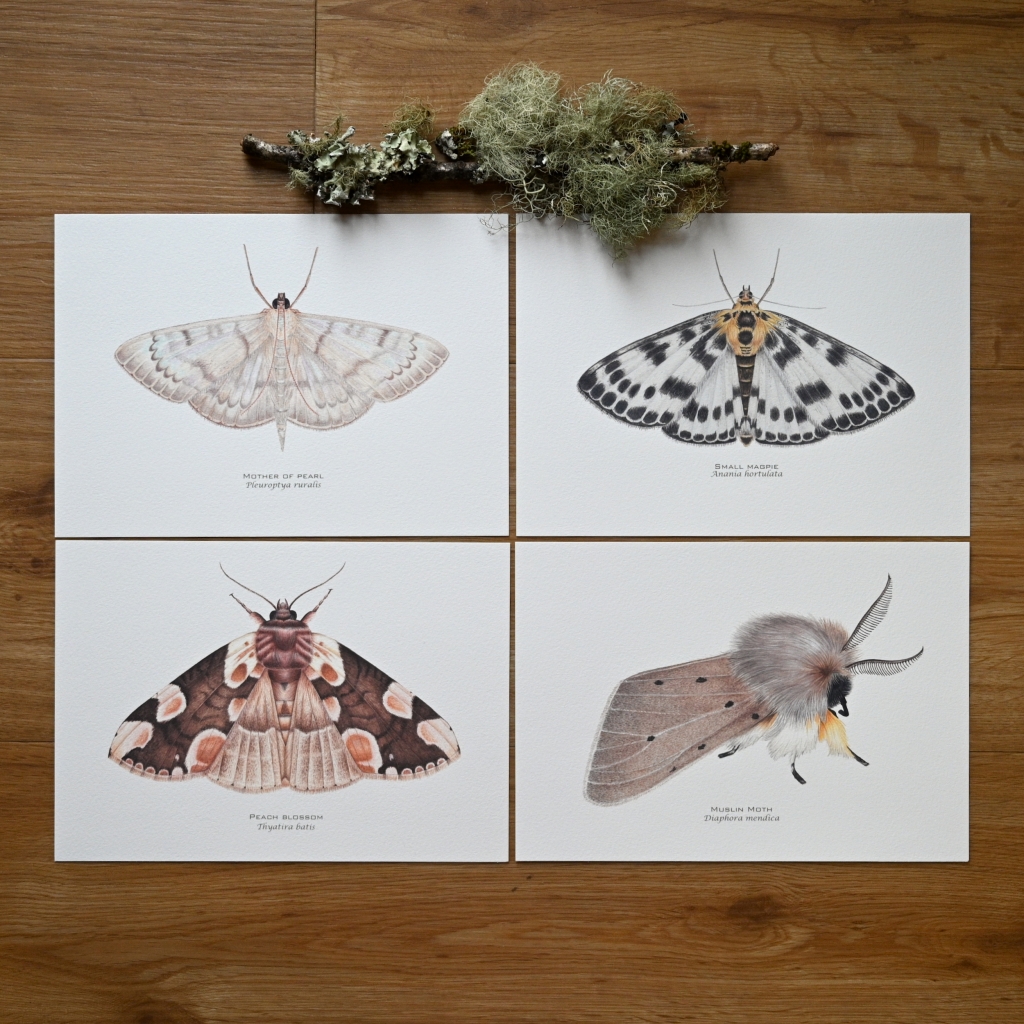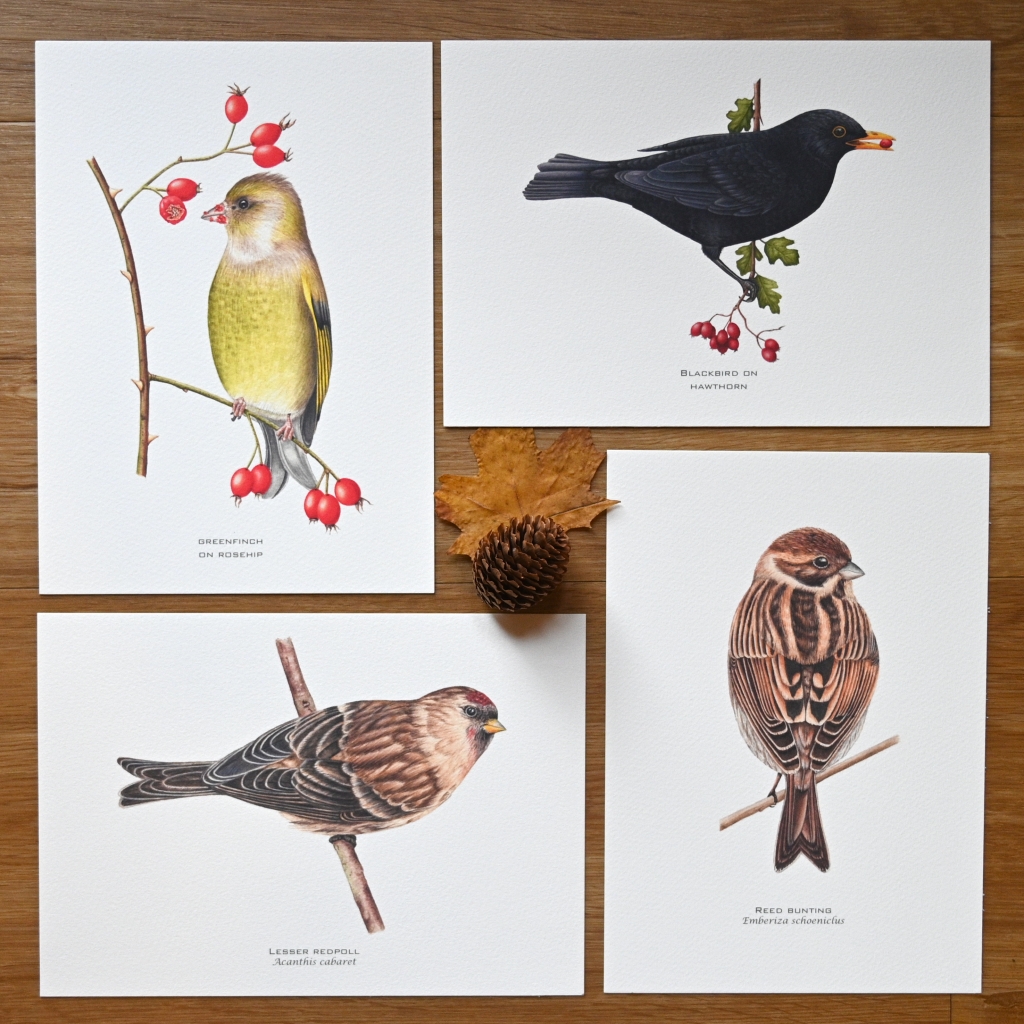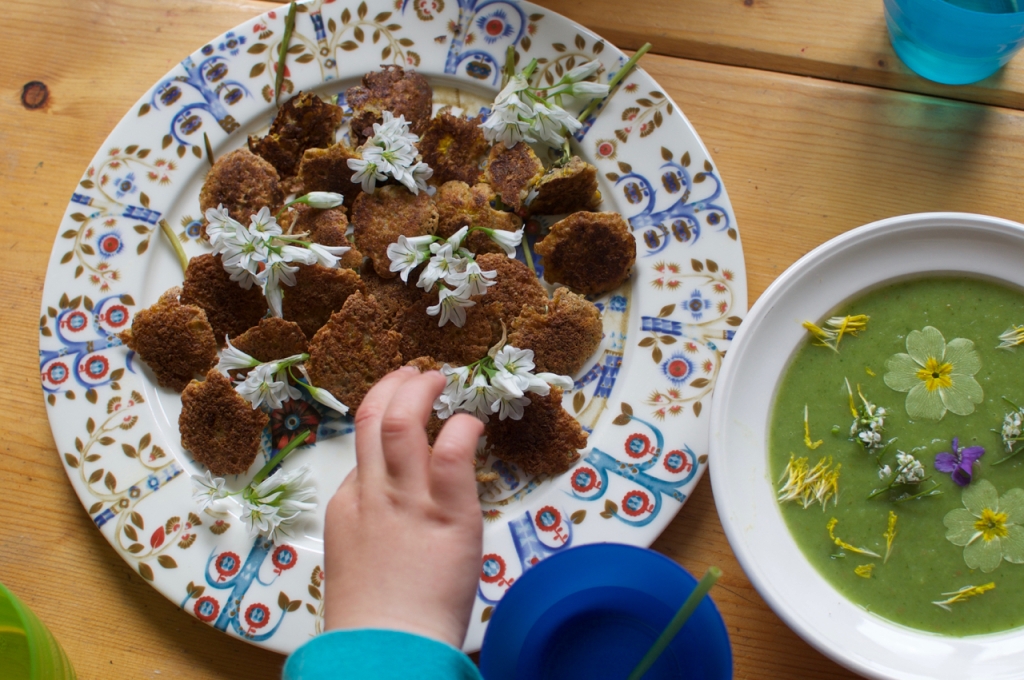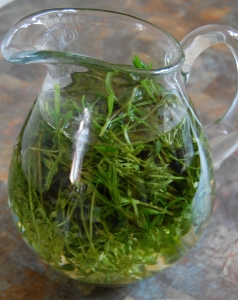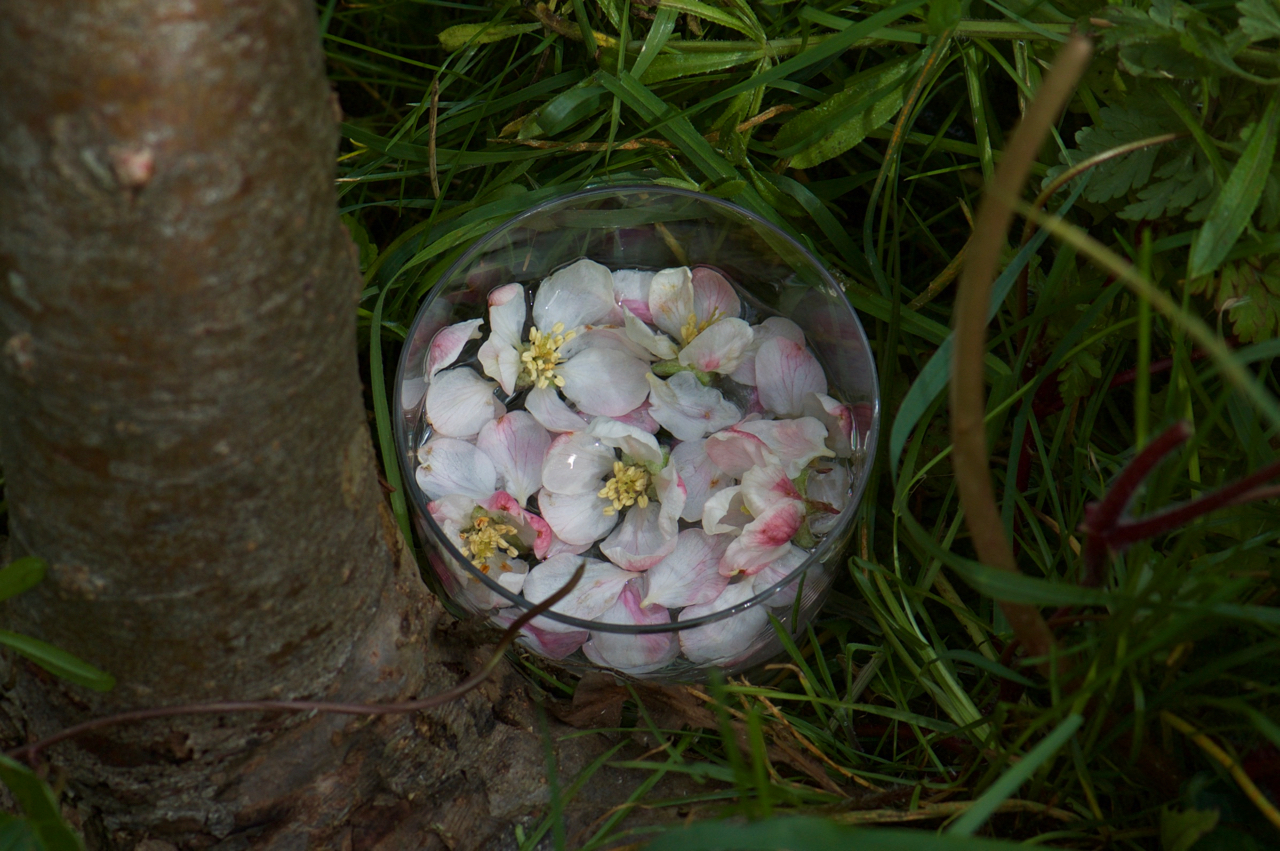Chickenpox seems to be doing the rounds at the moment, being generally most prevalent in the late winter and spring, so I thought it would be an ideal time to share some tips on how to treat the symptoms at home with easily available herbs and simple home remedies.
Chickenpox is a very common disease of early childhood, about 90% of people will have had it by the time they reach adolescence, and it is generally considered a mild ailment with few cases experiencing complications. The majority of complications occur in adults, as the disease tends to be more severe, and it can be a threat to pregnant women and newborns as well as those with impaired immunity. In these cases it is wise to seek advice from your healthcare provider. In the vast majority of healthy children however it is a self-limiting disease and easing the symptoms is all we need to do.
Chickenpox, also known as varicella, is caused by the varicella-zoster virus and is highly infectious, spreading by contact or droplet infection such as sneezing, coughing or laughing. The incubation period varies between 2 to 3 weeks and the first indication is usually mild flu like symptoms with the characteristic rash appearing within a couple of days. Some children will only experience the rash without other accompanying symptoms but others will feel quite poorly. There is often a fever, which is usually low grade, and possible nausea, headache and loss of appetite. The rash is, for most children, the worst part of the disease as it can be very itchy and uncomfortable. It begins with red spots that blister and eventually scab over and heal after a few days The spots may cover just a small area or extend to most of the body and are particularly common on the face, scalp, chest and belly though they can even spread to the mucus membranes of the mouth. The child will be infectious from a couple of days before the rash starts until it has completely scabbed over and begun to heal. Be aware that new spots may occur and be infectious even after others have scabbed over however.
There is much we can do at home to help our children through the uncomfortable symptoms of chickenpox. Rather than looking to ‘fight’ the virus, herbal treatment will focus on supporting the innate healing powers of the body by easing fevers, soothing the itch, supporting the immune system and promoting healing.
It is wise to seek professional advice though if your child seems lethargic or unresponsive, has difficulty breathing, has blisters which become infected or has a high fever which persists longer than three days or one which exceeds 40 C.
Working with Fever:
Herbal treatment aims to support the body in the work that it is trying to do rather than to suppress the fever by bringing the child’s temperature down.
Fever plays an important role in stimulating the immune system and killing invading pathogens, yet as parents it is natural for us to feel anxious as we watch our children’s temperatures soar. Anti-pyretic drugs are best saved for emergencies and in the majority of cases simple, supportive measures will aid the fever in its work and help make the child more comfortable.
The use of gentle diaphoretics- herbs that encourage blood flow to the periphery and increase sweating- will help a fever to break and a healing sweat to flush toxins out of the system. Diaphoretic herbs are best given as hot teas and a little honey can be added to make them more palatable once the child is over 18 months. These herbs include elderflower, lime blossom, catmint, meadowsweet and yarrow and they can be given singly or in combination depending on what you have to hand. The most famous diaphoretic tea formula is the Gypsy Cold Cure tea which includes elderflower, yarrow and peppermint herbs and makes a refreshing beverage which most children will not object to. Give a small cup of hot tea up to five times daily, reducing to twice daily for a few days after the fever has broken. To make the tea add a heaped teaspoon of your chosen herb or combination of herbs to a cup of water, cover with a tea cosy and leave to steep for 10 minutes, then strain and add honey if desired.

Yarrow

Elderflower

Meadowsweet
If the child has a high temperature but cold extremities then try adding some fresh ginger root to the tea which will help move the heat out and make them more comfortable. Just add a few slices to the rest of the tea ingredients.
Soothing Itchy Skin:
The intense itch is usually considered to be the worst part of chickenpox and can make children feel pretty miserable. Itchy skin can be maddeningly frustrating and it is hard for a child not to scratch themselves. Scratching is the major cause of infected spots, one of the most common complications of the disease, so it must be discouraged where possible and the best way to do this is to keep the skin soothed with calming and anti-inflammatory herbs.
General advice for keeping the skin cool includes avoiding man-made fibers which can stop the skin breathing and sticking to light, comfortable and cool clothing. Make the bath water luke warm rather than hot as this can increase itching and try to avoid vigorous exercise when the child is feeling better until such time as all the spots have healed over.
Most herbal treatment will be external; via baths, sprays and creams or lotions. Applied throughout the day these should keep the worst of the itchiness at bay and help the skin to heal more quickly and without scarring.
There are several ways of adding herbs to the bath. A strong tea of dried herbs can be made by infusing a handful of plant material in a tea pot or cafetiere of just boiled water, leaving to steep for half an hour, straining and adding to a shallow bath. The child can then relax for 20 minutes or so in the soothing water which is also used to gently wash the skin – never scrub as it can burst the blisters. Herbs that are great used in the bath for soothing itchy skin and healing chickenpox include calendula, chickweed, chamomile, plantain, peppermint and heartsease. I recommend a mix of equal parts chamomile, chickweed and peppermint. The chamomile is anti-inflammatory and healing, the chickweed is soothing and anti-itch and the peppermint cools and gently numbs the intense irritation.

Calendula

Heartsease

Chamomile
One of the most effective baths for chickenpox is the traditional oat bath which is particularly lovely when mixed with some dried herbs. It involves placing a handful of rolled or porridge oats in a square of unbleached muslin with a small handful of chamomile or calendula. Bring up the corners of the muslin and tie with some cotton or a hair band. Run the bath water hot and place the bundle into the water, then leave it to steep until the water is luke warm and ready for the child to get in. The bag can then be repeatedly squeezed to release the soothing oat milk which is gently washed over the body. The bag can be very gently rubbed over the body and there is no need to rinse off the milk before drying. When time is short or I have had no muslin to hand, I have also just whizzed up oats with water or herb tea in the blender and added this to the bath.
During the day, regular application of a liquid preparation can help to stop itching and cool the skin. A blend of 50% witch hazel with either calendula tea or rosewater can be dabbed onto spots to help tone and sooth.
A cream or lotion can also be gently rubbed on to itchy areas. You can buy pre-made calendula lotion or chickweed cream from herbal stockists such as Neal’s Yard or Baldwins or use a base cream to which you add tinctures such as licorice or calendula up to about 10%. Aloe vera base gel can also be mixed with herbal tincture and used in the same way. I would avoid the use of an oily salve or balm on the spots as they can trap in heat and create more of a barrier. Generally lighter preparations are better in these circumstances.
A teaspoonful of calendula tincture can be added to a small glass of water and used as a mouthwash if symptoms have spread to the mucus membranes of the mouth.
Supporting the Immune System:
Supporting the immune system will generally include giving a light healthy diet of homemade vegetable soups and lots of fluids. It is very important to ensure dehydration does not occur so plenty of water and herbal teas are vital. If the child is still breastfeeding then this will also be wonderful support to their immune system.
Vitamins C, D, and Zinc are useful for immune function and vitamin A helps to protect the skin therefore a good quality multi-vitamin and mineral could prove helpful at times of illness and recovery.
Herbal teas also have a role to play. Elderberry and elderflower both help to protect the immune system and have an anti-viral effect. Nettle has antihistamine properties which might help to soothe the itchiness and Calendula is a good immune and lymphatic support. Once the fever has past it would be a good idea to move from the diaphoretic tea blends mentioned above to a general support mix such as equal parts calendula, nettle and elderflower.

Elderberry

Cleavers

Nettle
Calming and Soothing Restlessness and Tension:
Fortunately, several of the herbs we can use to treat the symptoms of chickenpox have the added bonus of being soothing to the nervous system and helpful for the irritation and restlessness that can accompany itchy conditions. Lime flower, catmint and chamomile in teas or added to the bath will help to sooth irritability and promote a restful nights sleep.
Promoting Healing and Recovery:
After the symptoms have past and the child is feeling better it can still be useful to support the body to slough of the last of the disease, strengthen the immune system and promote full healing of the skin. A tea of cleavers, violet or calendula will support the lymphatic system to clear itself out. Cleavers is readily available at this time of year and can be harvested fresh from the garden to be juiced or infused. Burdock root is also useful as it supports all the organs of elimination and it can be given as a tea with a little honey to make it more palatable for children.
After the spots have scabbed over and started to heal and fall off you can massage the skin with a nourishing oil such as a combination of hemp, rosehip and either calendula or comfrey infused oil. This will help to prevent scarring and encourage growth of new healthy skin cells.
Adequate rest is also so important, don’t be tempted to rush back into normal routines before there is a full recovery. Convalescence is an often overlooked aspect of the healing process but one that was prized before our pace of life became so frantic.
(This article first appeared in The Mother magazine.)
Read Full Post »
